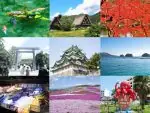Atsuta Jingu Shrine: Home of "Kusanagi no Mitsurugi" and “Treasure trove of swords - Kusanagi-kan”, where you can even experience touching real swords!
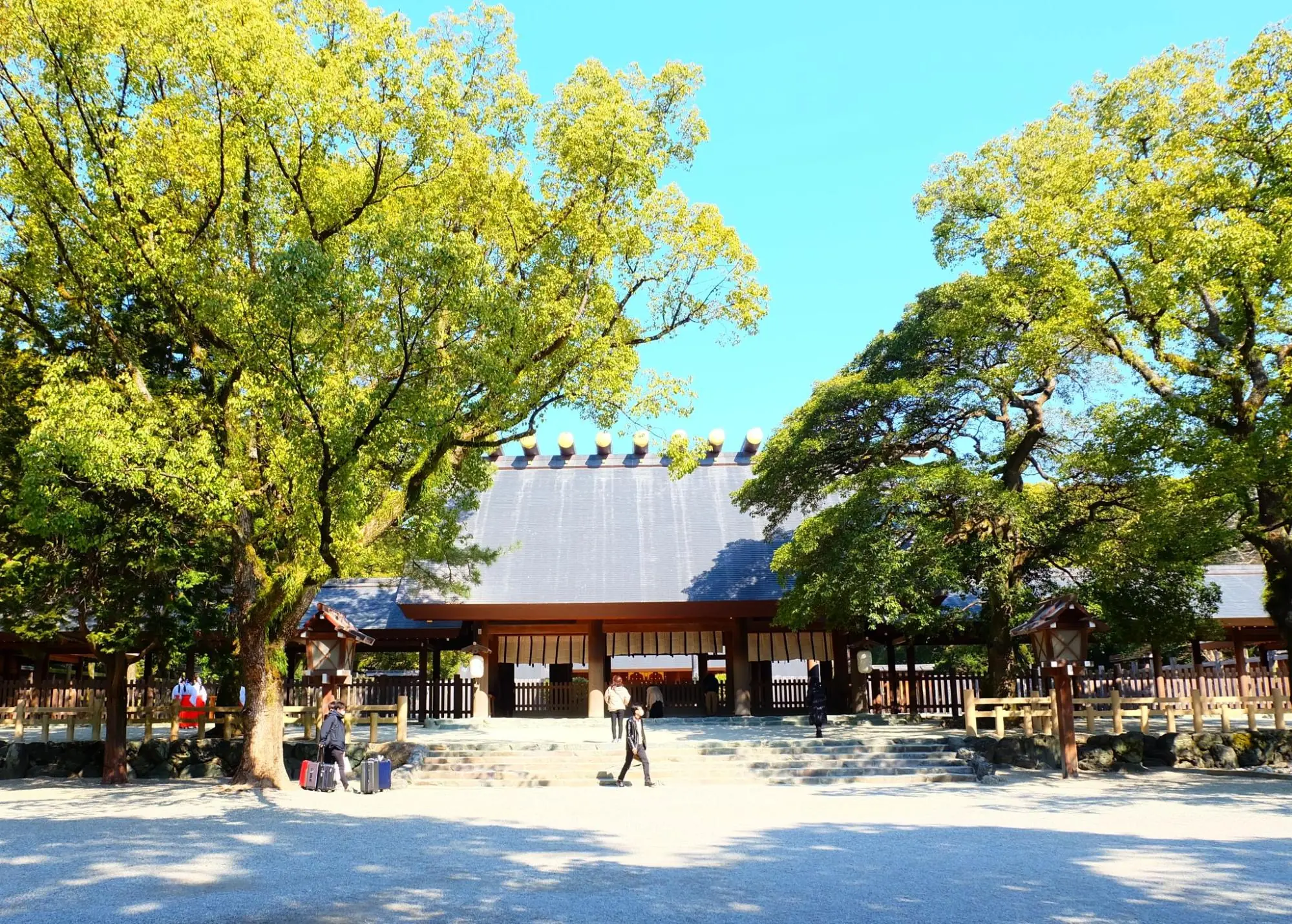
Table of Contents
Atsuta Jingu Shrine enshrines the Kusanagi no Mitsurugi, one of the three sacred treasures, and has a history of over 1,900 years. In the past, the three great warlords of the Sengoku period, Nobunaga, Hideyoshi, and Ieyasu, were also worshipped at the shrine.
The "Treasure trove of swords - Kusanagi-kan" which was newly established in October 2021, exhibits a number of famous swords and offers visitors the opportunity to touch real swords! Here are some of the recommended spots on the grounds of the shrine.
What is Atsuta Jingu Shrine?
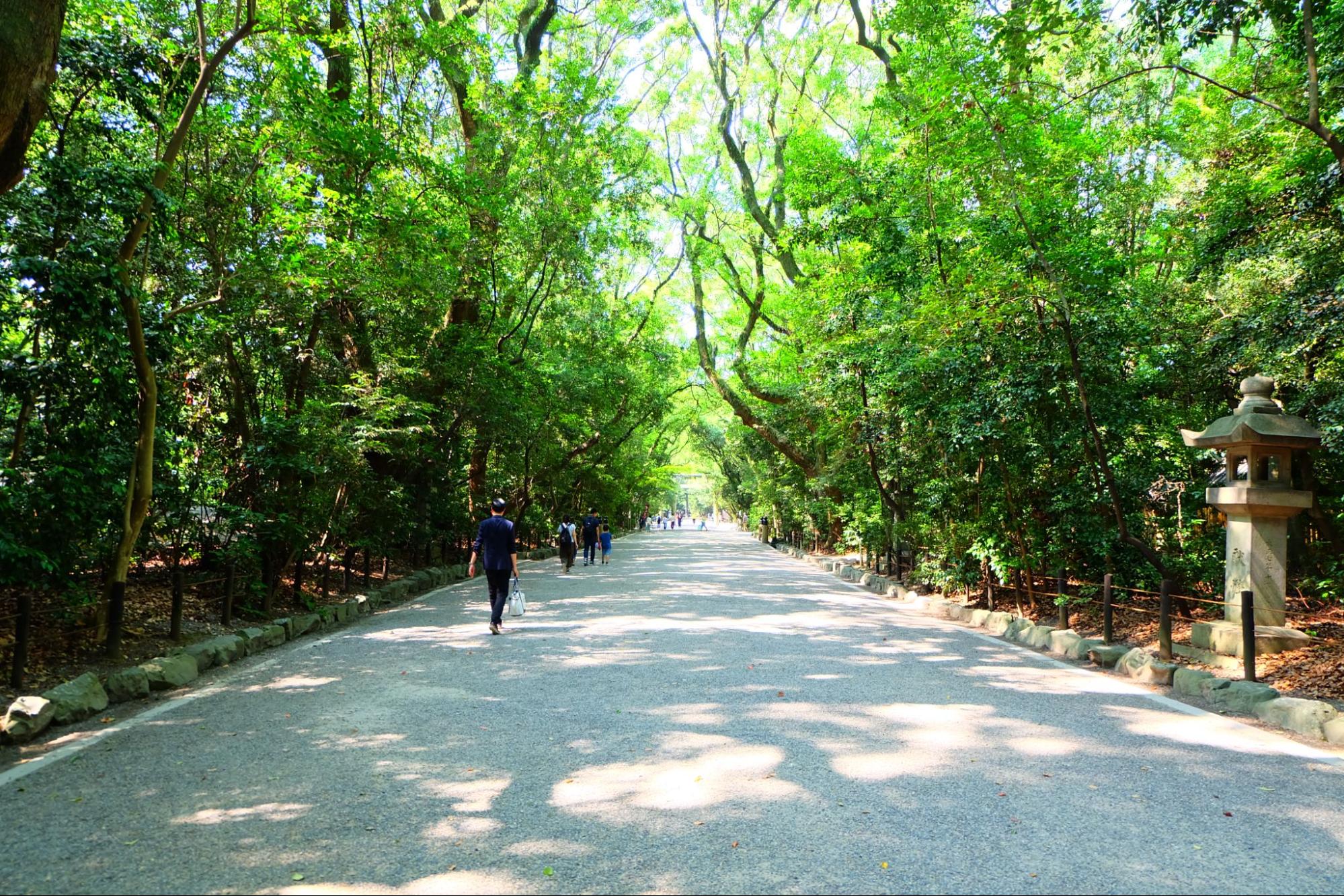
Do you know the Sanshu no Jingi (Three Sacred Treasures)?
The Three Sacred Treasures are Yata no Kagami, Kusanagi no Mitsurugi, and Yasakani no Magatama, and are said to represent the official right of succession to the emperor. Atsuta Shrine enshrines the Kusanagi no Mitsurugi as a deity.

The enshrined deity, Atsuta-no-Okami, is Amaterasu-Omikami, whose Mitamashiro* is the Kusanagi no Mitsurugi* sward.
*Mitamashiro: Objects where gods are believed to reside
*The Kusanagi no Mitsurugi is also known as Ame no Murakumo no Tsurugi.
History of Atsuta Jingu
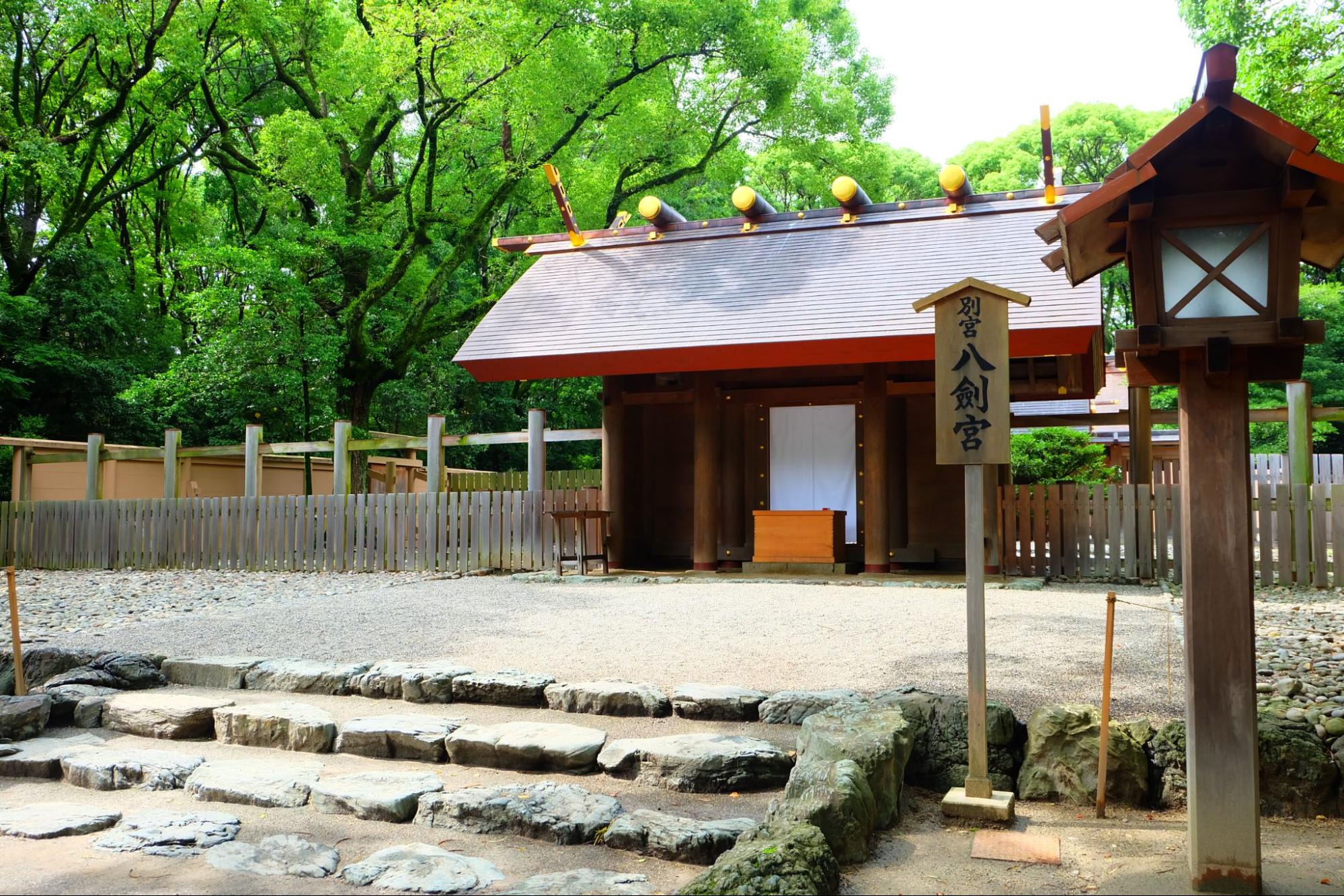
What is the Kusanagi no Mitsurugi, anyway? It dates back to the mythical times. When Susanowo-no-mikoto killed the Yamata no Orochi (eight-headed serpent) in Izumo, the Kusanagi no Mitsurugi is said to have appeared from its tail.
Later, it was presented to Amaterasu Omikami, but after that, the era progressed, and in the era of the 12th Emperor Keiko, it was passed to Yamato Takeru no Mikoto. He died in Nobono, Kameyama City, Mie Prefecture, with Kusanagi no Mitsurugi being entrusted to Miyasuhime no Mikoto.
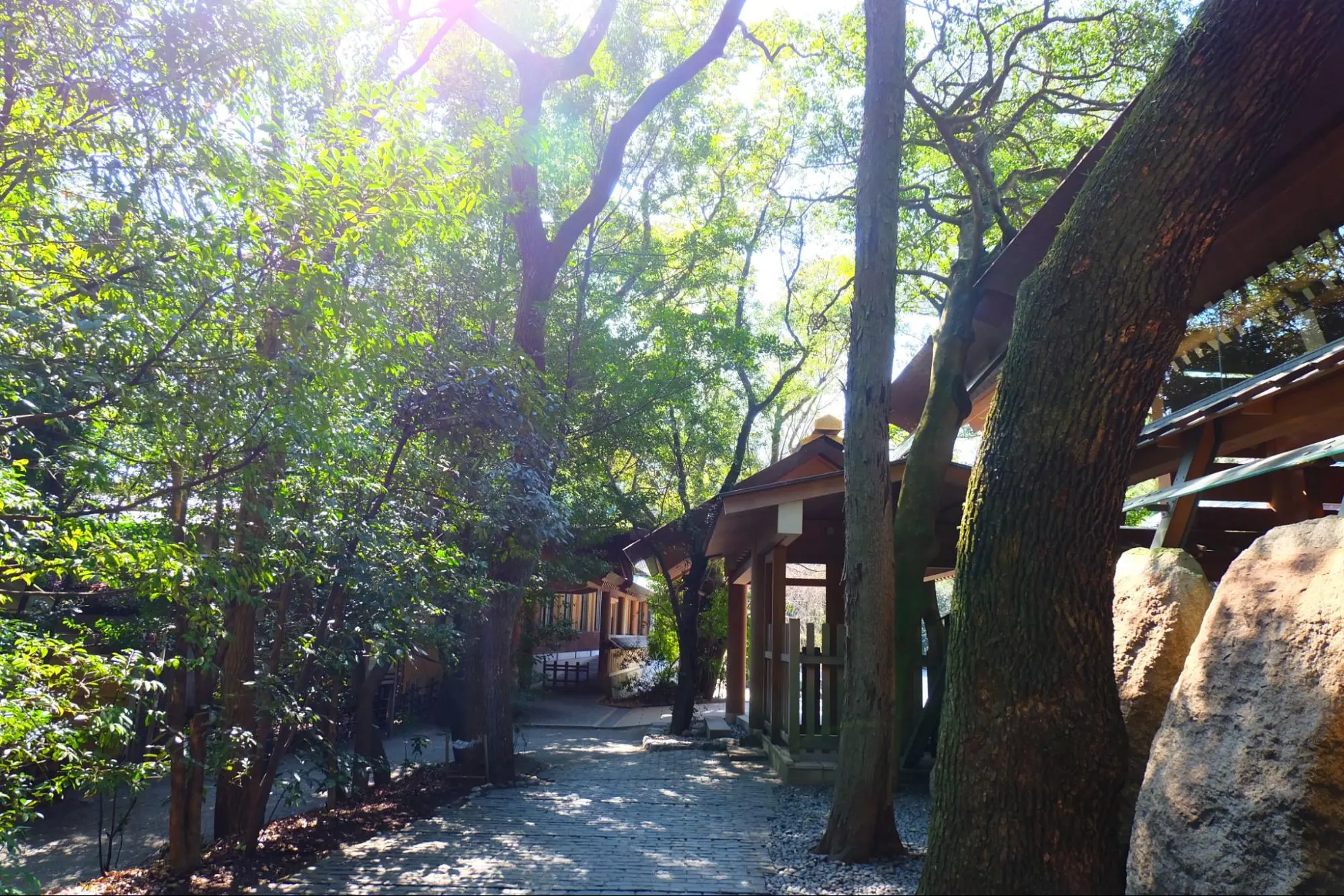
It has a history of over 1900 years since its founding, when Miyasuhime no Mikoto, who was entrusted with the Kusanagi sword, enshrined it in Atsuta to honor Yamato Takeru no Mikoto's wishes. Just thinking about how the sacred swords of ancient times have been passed down to the present day gives me a sense of romance.
Introducing a part of the precincts
Ichinomisaki Shrine, where Amaterasu Omikami is enshrined

"Ichinomisaki Shrine" is enshrined at the far left end of the precincts.
The Aramitama of Amaterasu Omikami is enshrined here. Aramitama is one aspect of the workings of the soul of God, and represents its active state.
It is located in a quiet place and is covered with trees, so you can visit it calmly.
Oasis in the city "Kokoro no Komichi"
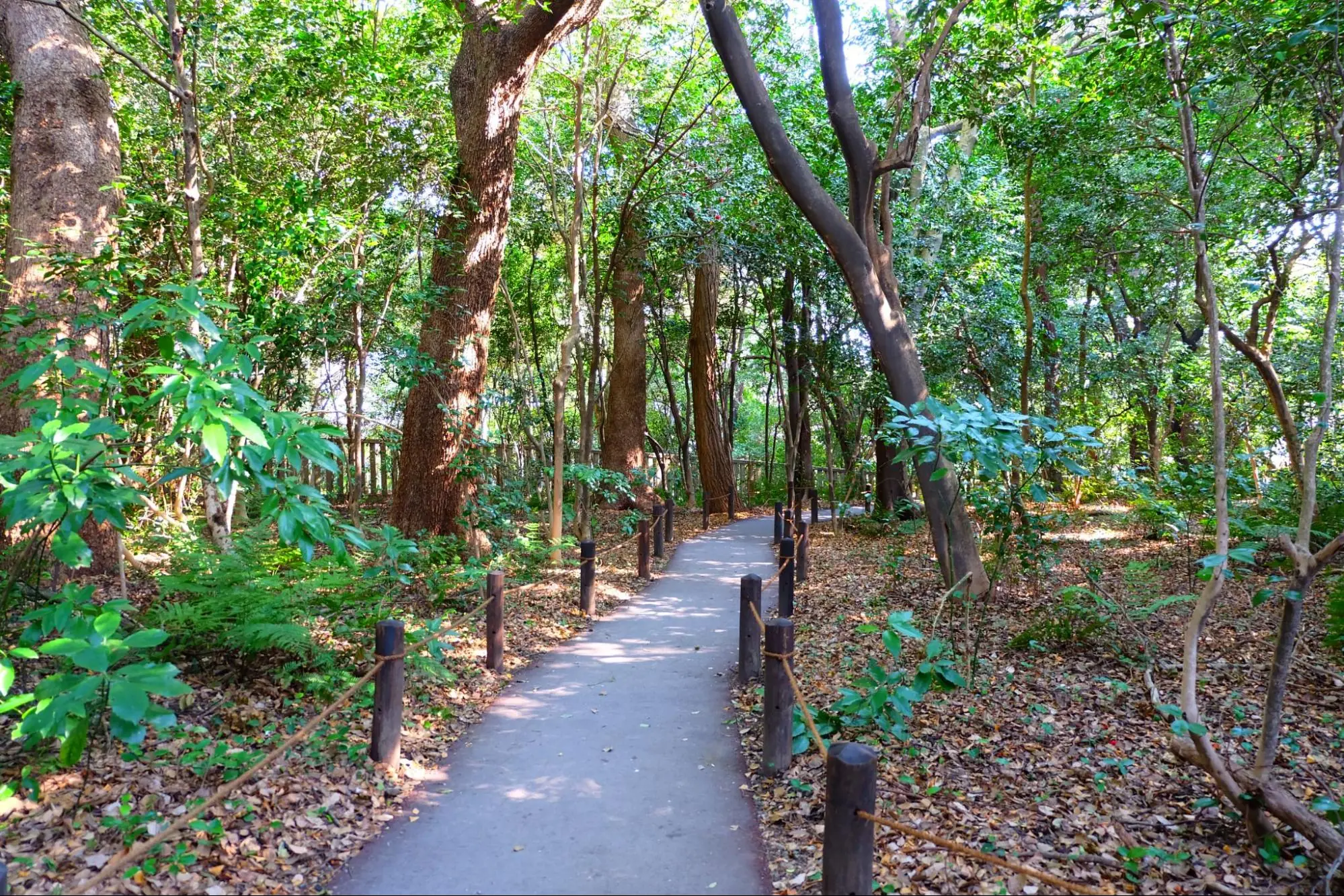
The "Kokoro no Komichi (pathway of the heart)" is located around the back of the main shrine. Although in the city, entering this area is truly an oasis in the city, surrounded by trees. Taking a deep breath while bathing in the forest has an excellent healing effect. *This photo was taken with special permission.
[Kokoro no Komichi] Entry time: From 9:00 am to 4:00 pm
Water for beautiful skin, named after one of the world's three most beautiful women, "Yang Kwei-Hui".
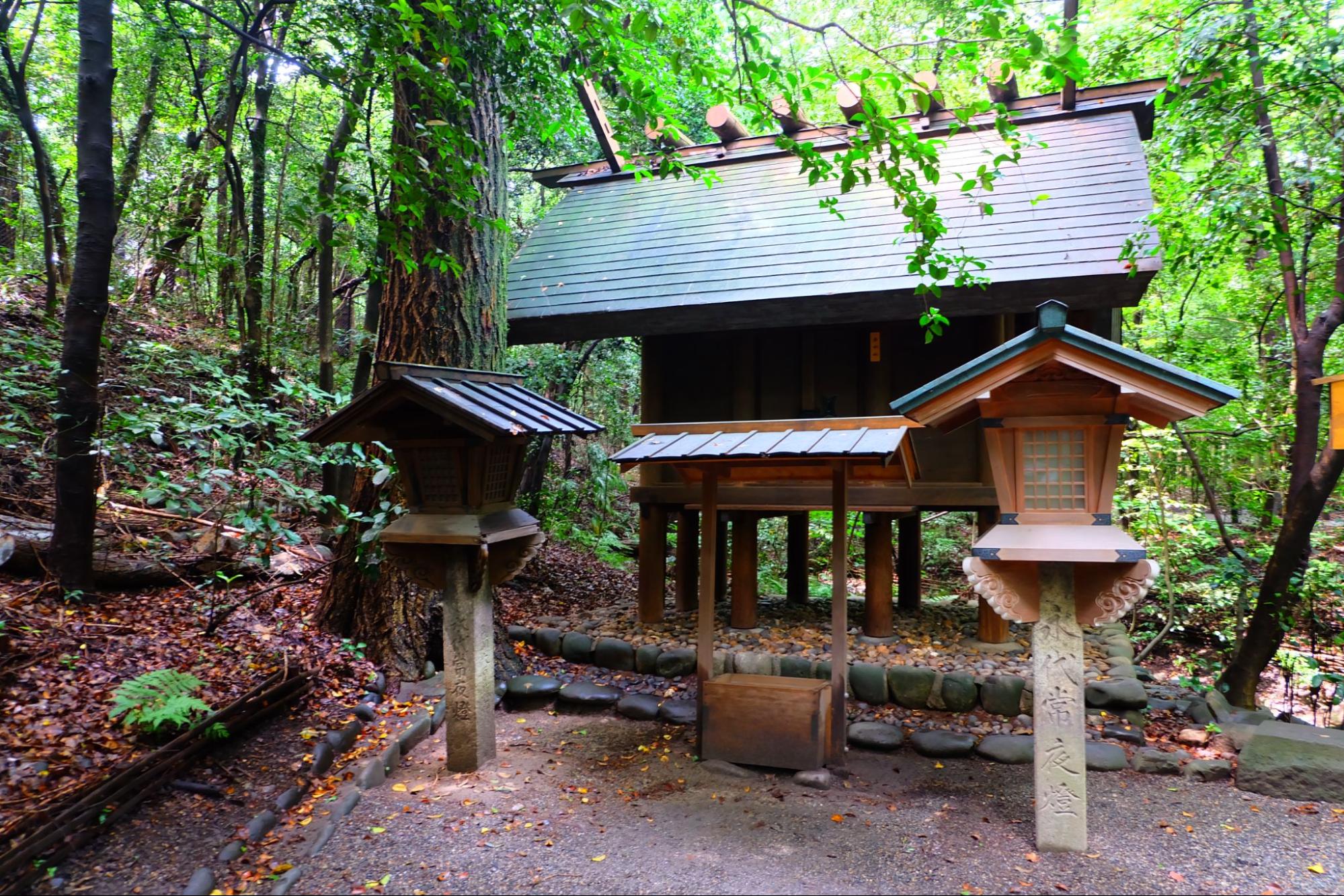
One of the shrines enshrined in Kokoro no Komichi is this “Shimizu Shrine”. The enshrined deity is "Mizuhanome no Kami", a "water god" who is often enshrined mainly in waterfalls, and is also called "Oshimizu-sama".
And behind Shimizu shrine, there is a spot that will make your skin beautiful.

As you go down the stairs on the right of Shimizu shrine ......

There is a small spring spot surrounded by stone walls... Can you see the stone monument protruding in the center? It is also said to be part of the stone pagoda that holds a memorial service for Yang Kwei-Hui, one of the three most beautiful women in the world.

There remains a story that during the Tang Dynasty, there was a rumor that Emperor Xuanzong was going to invade Japan. In order to stop him, the god Atsuta transformed himself into Yang Kwei-Hui, and due to her beauty, Emperor Xuanzong made her his wife and stopped the invasion.
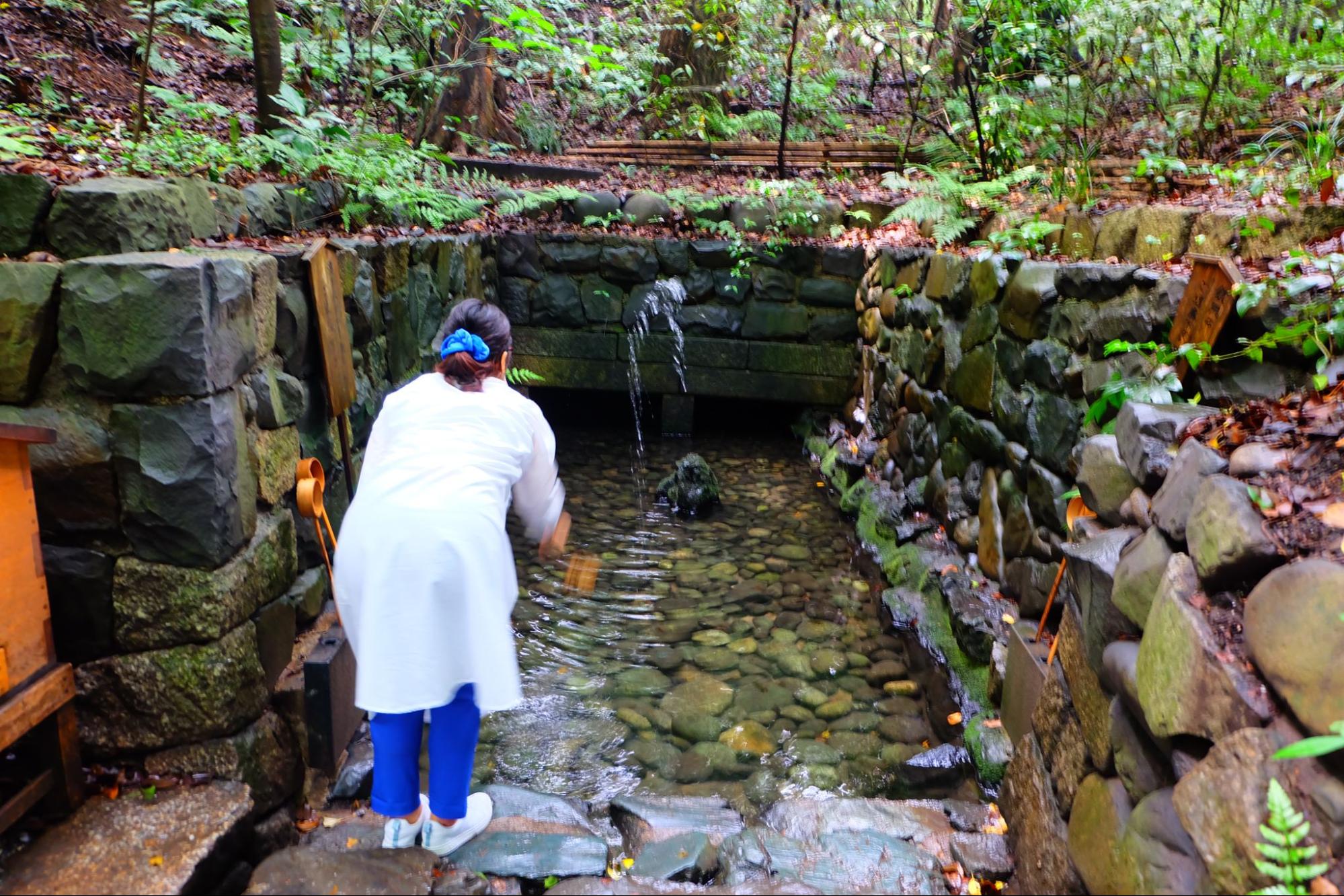
It is said that if you pray three times over the stone monument in front of you, your prayer will be fulfilled!
Doyoden" where the sacred sword was once kept.
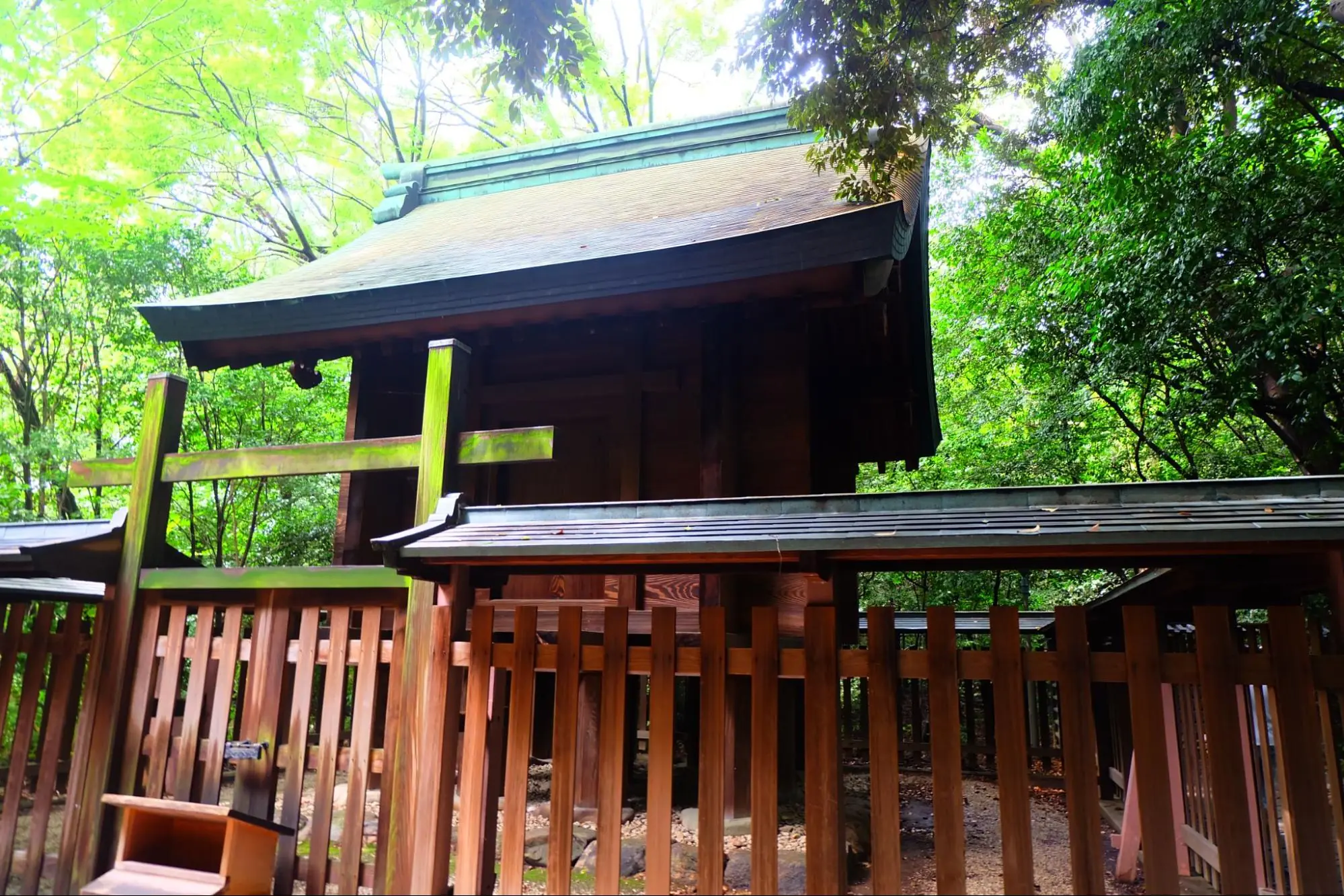
It is said that until 1893, the sacred sword was placed here along the east side of the main hall. In 1971, it was restored to its current location in the original style.
Spots newly established and renewed in 2021
You can also experience touching a real sword! "A treasure trove of swords - Kusanagi-kan"
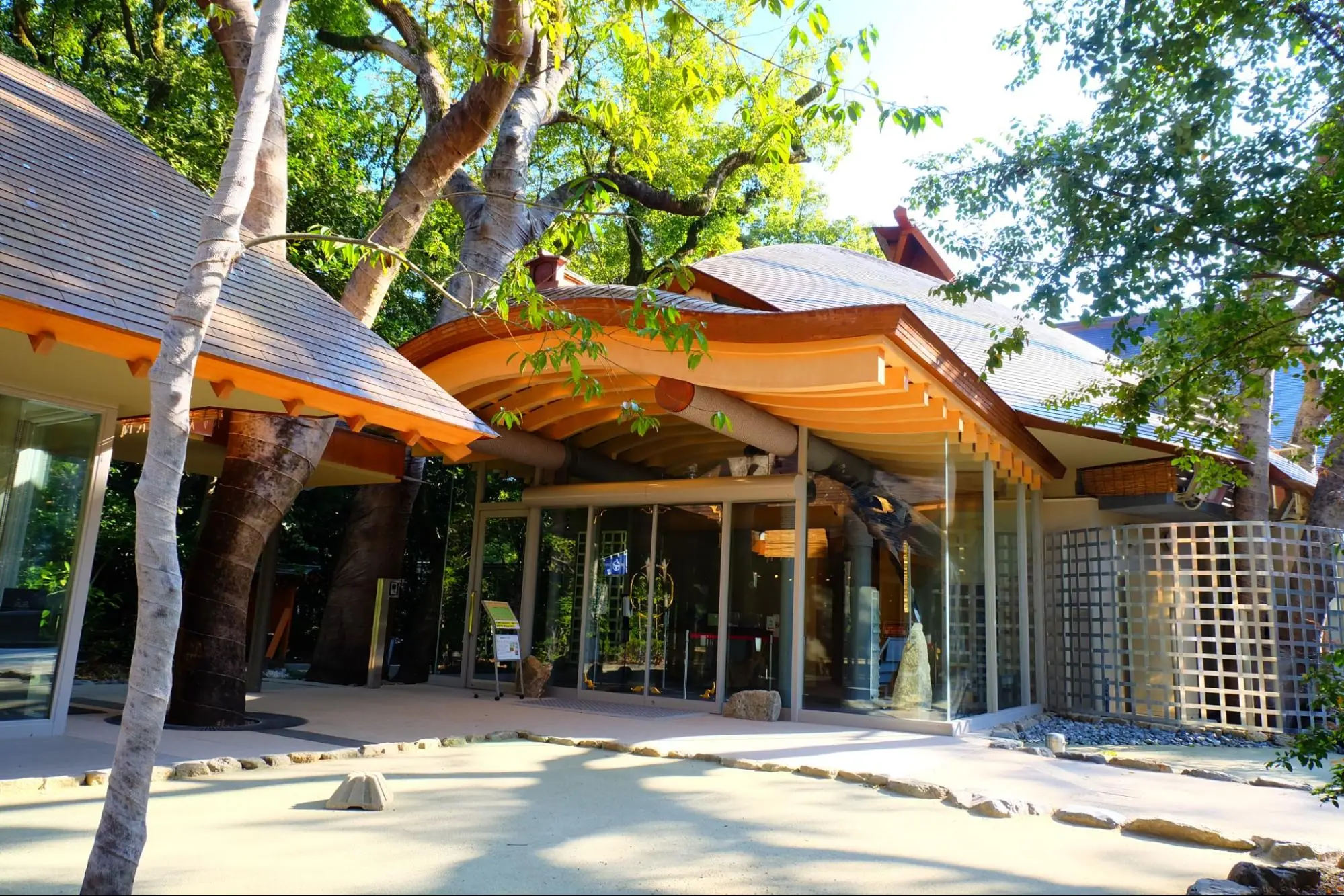
The treasure trove of swords Kusanagikan was completed in October 2021 after spending three years. Atsuta Shrine is a shrine that enshrines the previously mentioned Kusanagi sword, so many swords have been dedicated by samurai families, swordsmiths, and Tokushika*. They currently have about 450 swords in their collection!
*Tokishika: A person who enthusiastically carries out or supports social service and public welfare.
The museum is filled with exhibits of swords in the collection, the process of sword forging, and a video corner that allows both sword enthusiasts and non-sword enthusiasts to fully appreciate the appeal of swords!
Let's go inside.
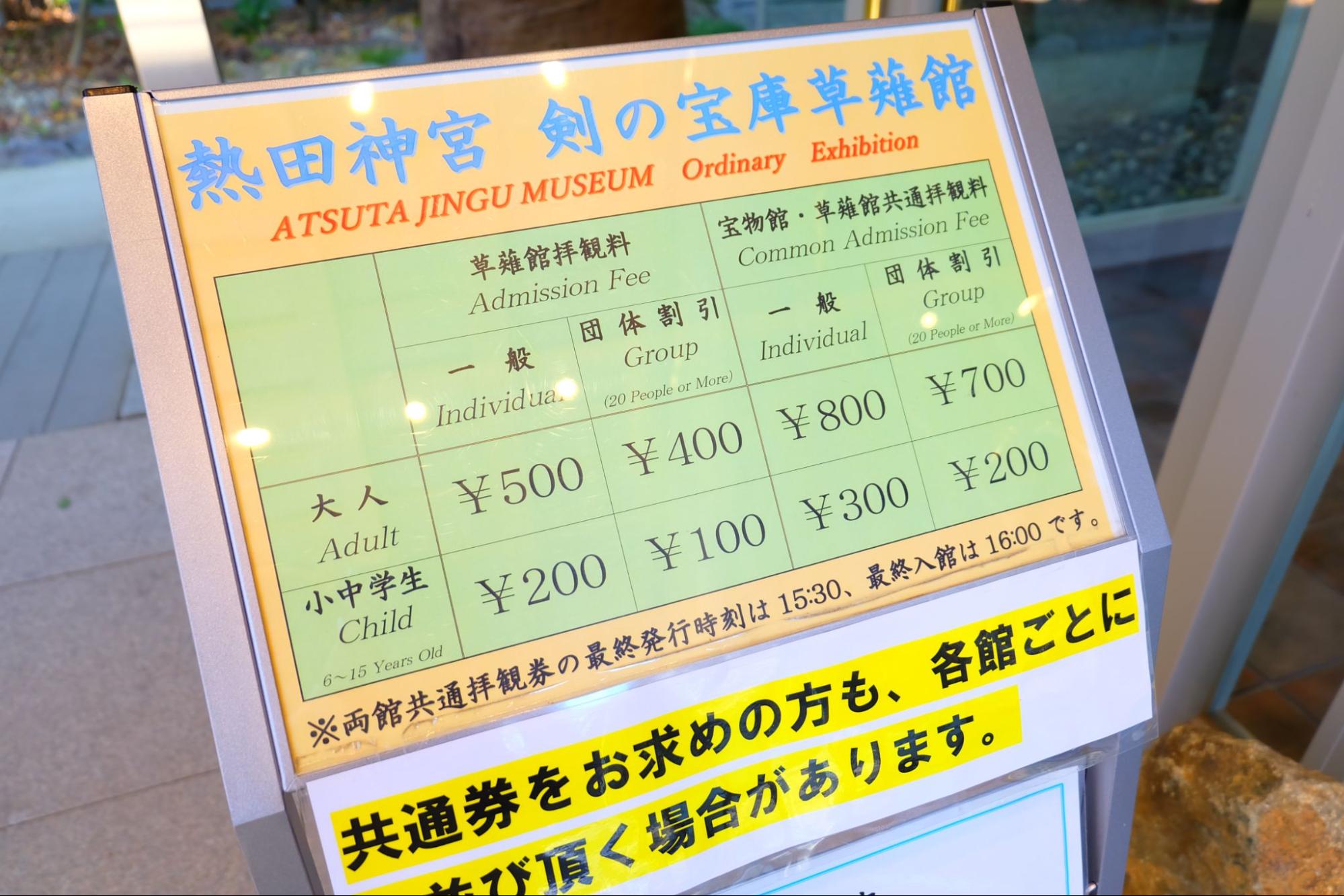

On the ceiling of the entrance is a dynamic and powerful warrior statue.

The first thing that catches the eye in the dimly lit museum is the row of glass peninsula-shaped exhibits. This is where swords are displayed, which change every month. The front and back sides of the exhibition are both made of glass so that visitors can view the swords from both sides.
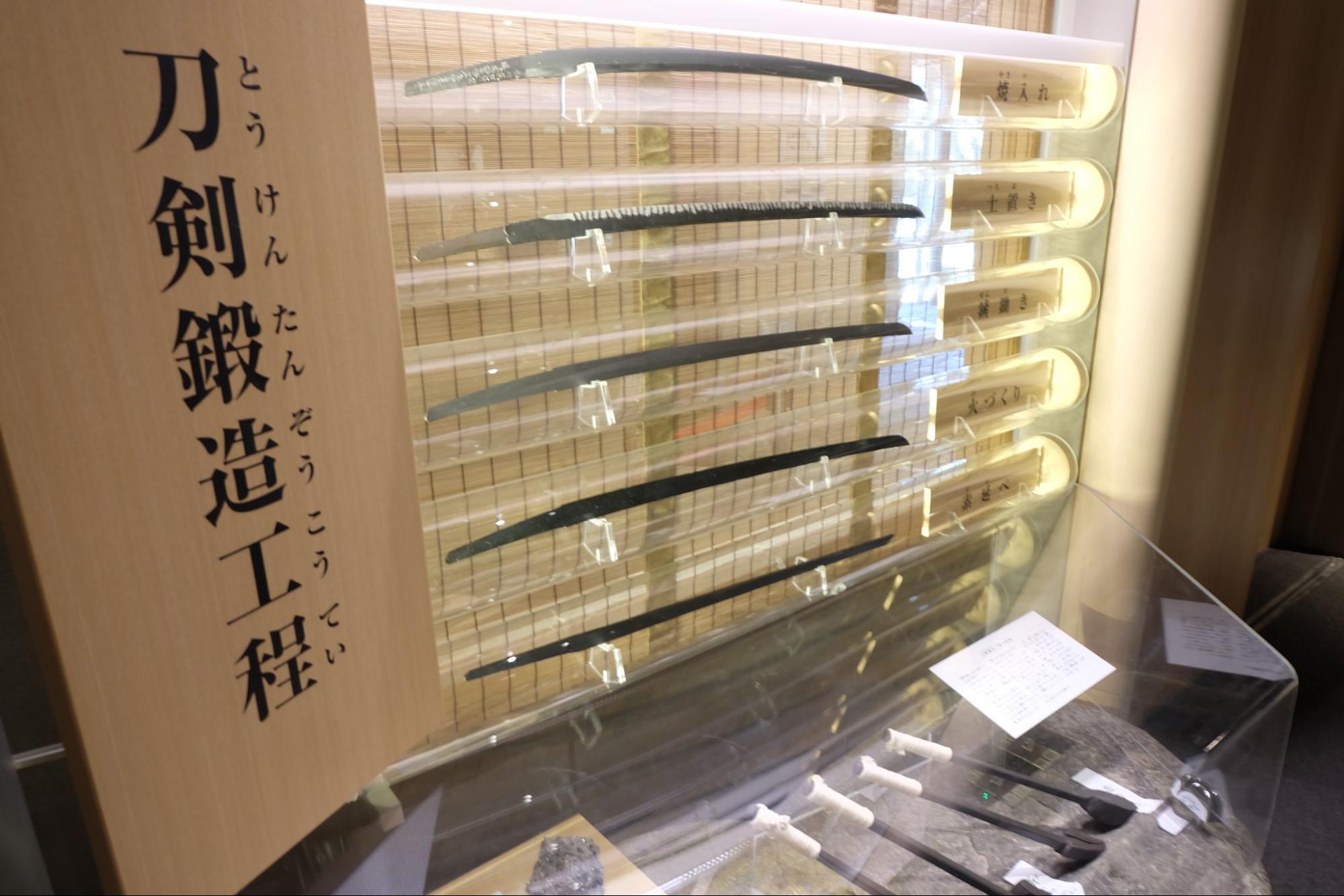
An exhibition corner where you can learn how swords are made.

The photo shows a high-quality steel called “Tamahagane”. It is said to be made by burning iron sand and charcoal using an ancient Japanese ironmaking method called Tatara ironmaking.
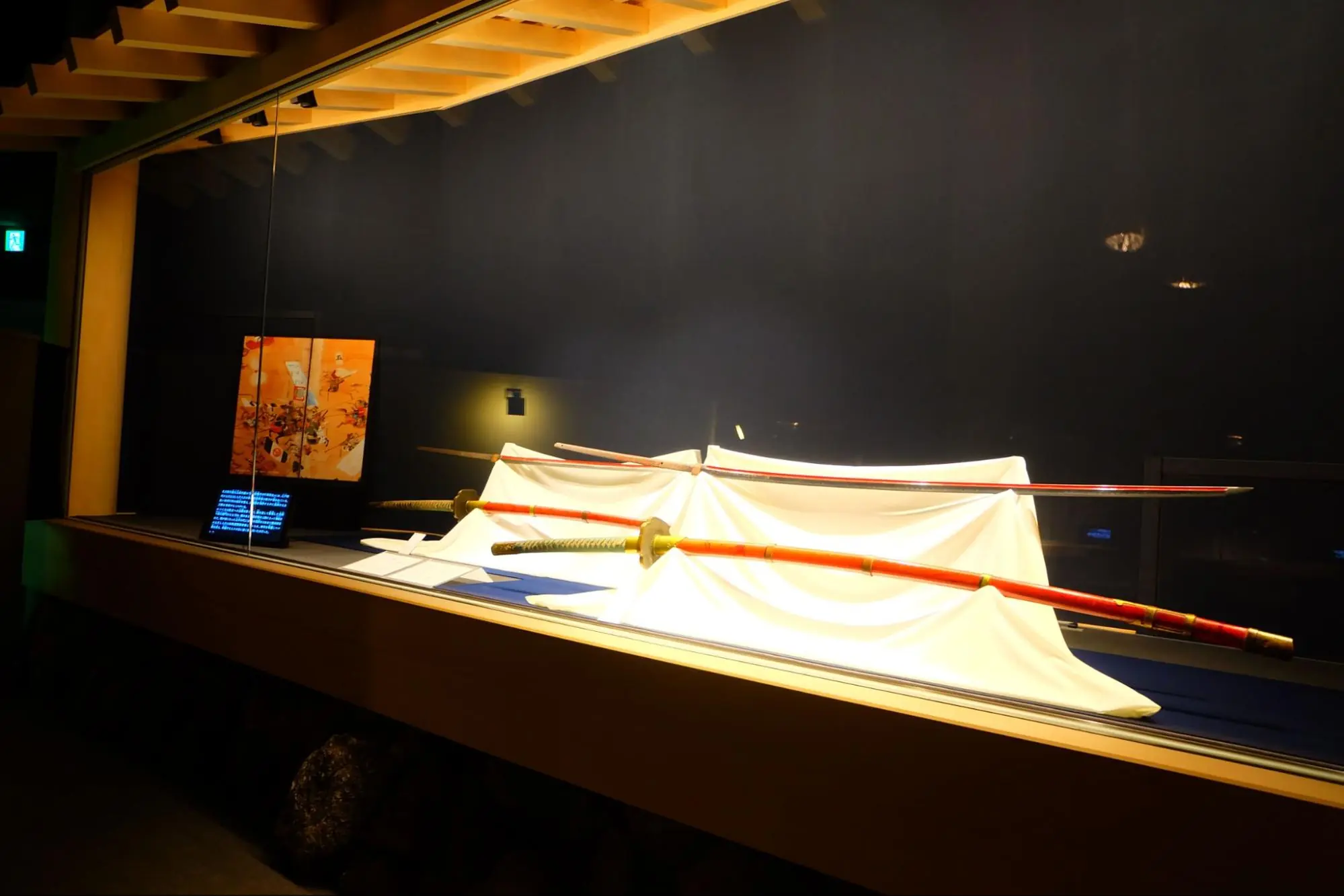
This is the permanent exhibit, "Magara no O-tachi" (Magara's Big Sword). These swords, commonly known as "Tarotachi" and "Jiro-tachi," are said to have been used by father and son Magara Jurozaemon Naotaka and Juro Takamoto on the Asakura side in the Battle of Anegawa (1570). When seen up close, the swords are overwhelmingly large and powerful, far exceeding the size and power of the swords we imagine!
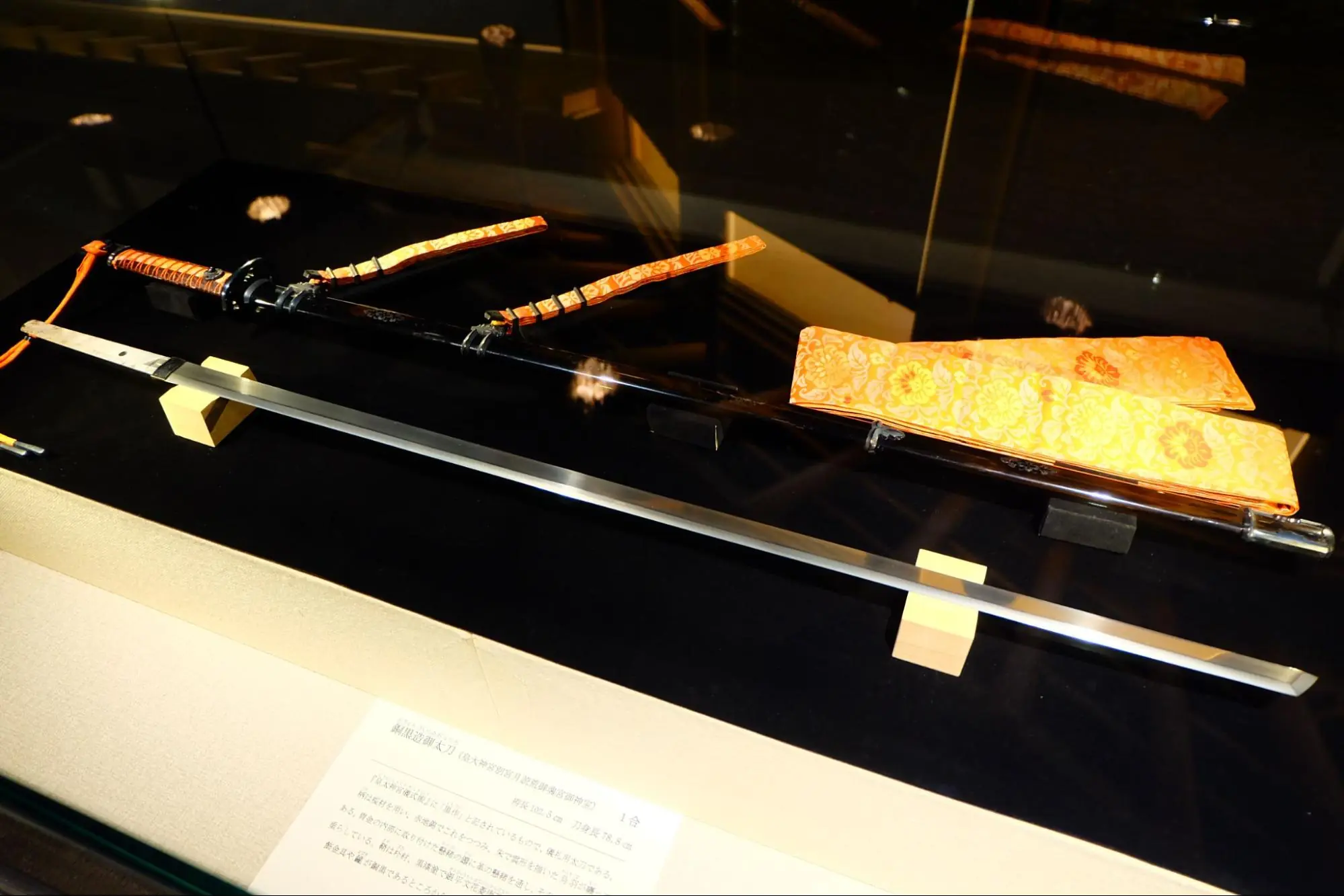

The history of Kusanagi no Mitsurugi and Atsuta Shrine is also introduced in an easy-to-understand manner.

There is also a sword experience corner.

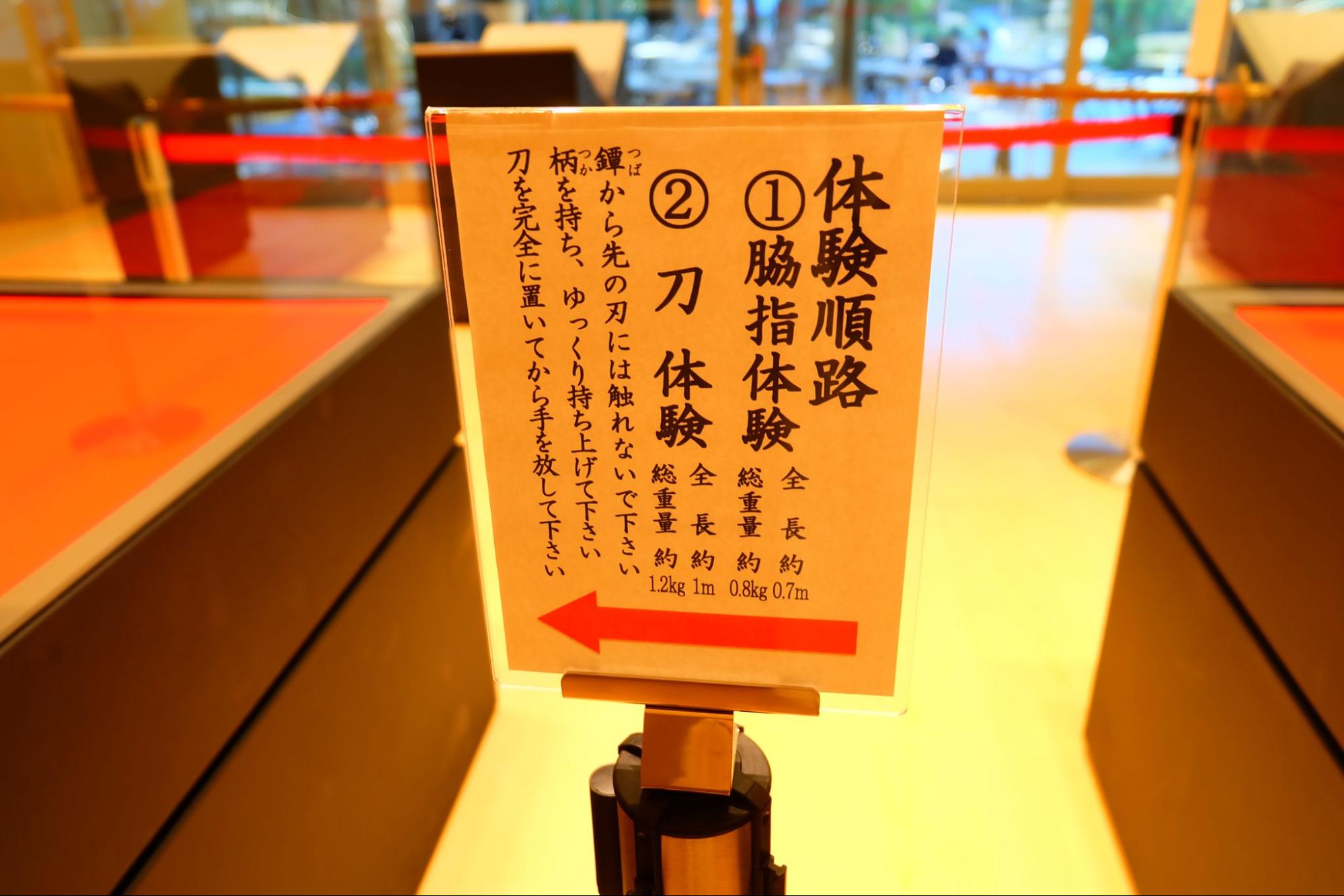
You can even touch a real sword!

It was quite heavy!
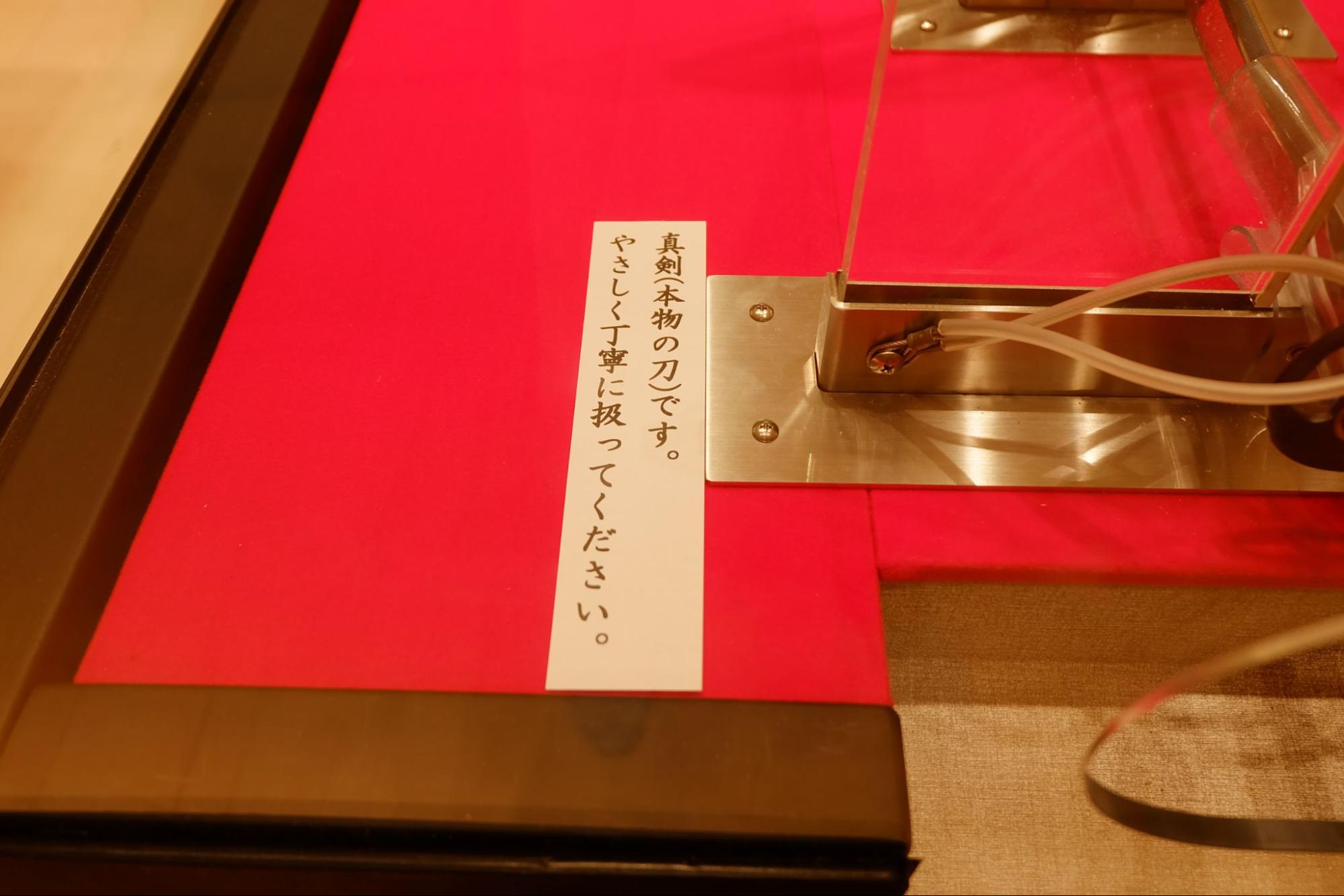
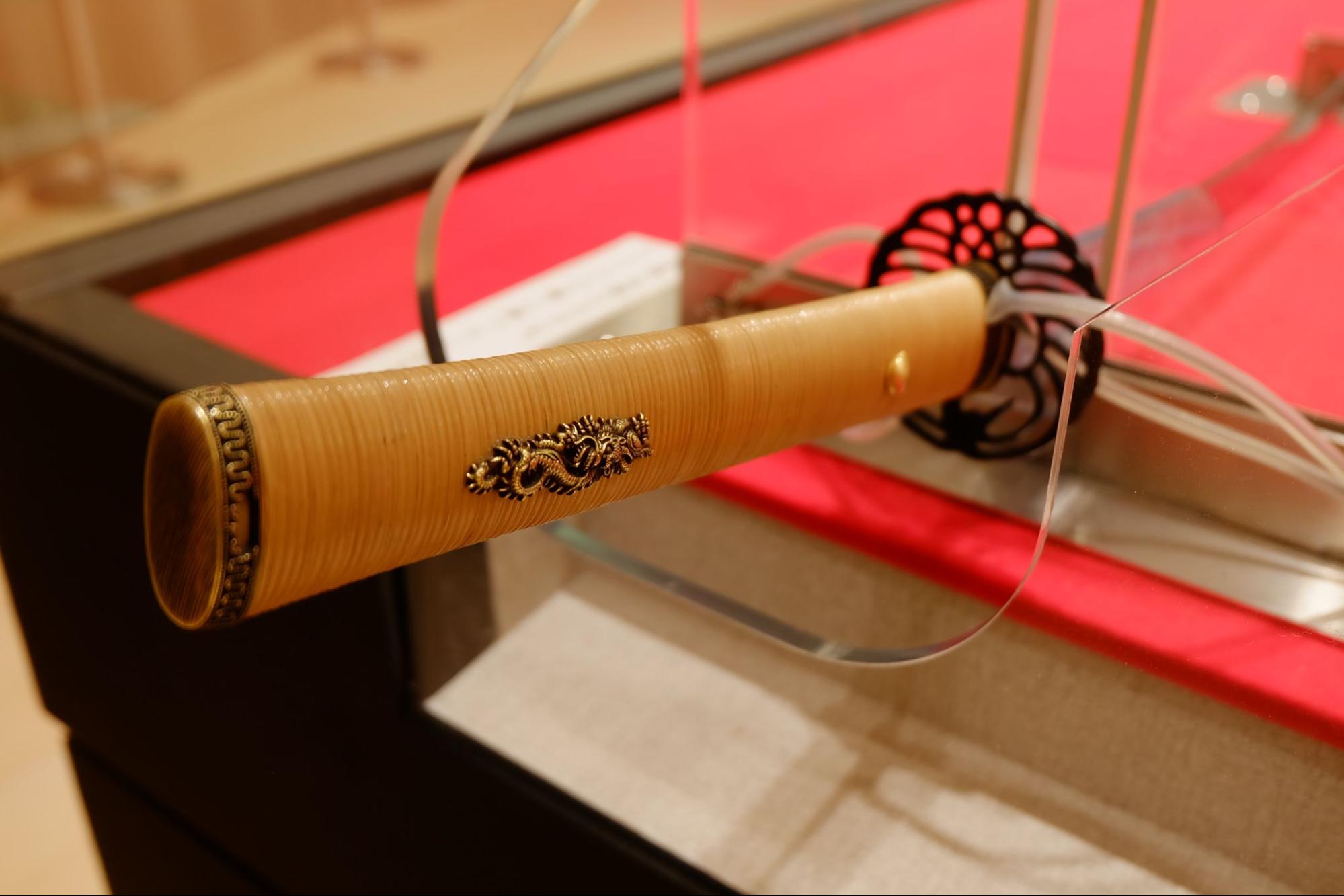

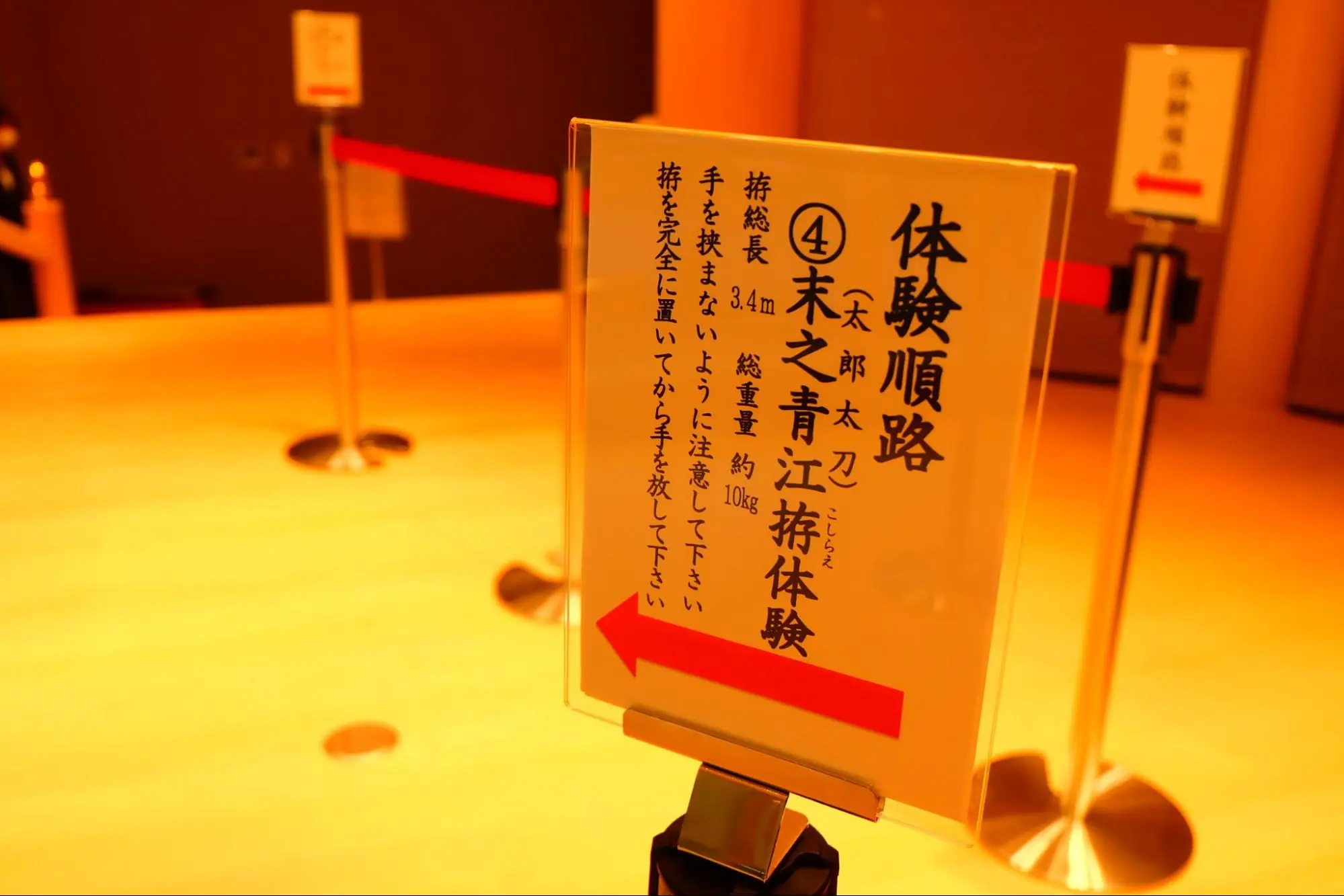
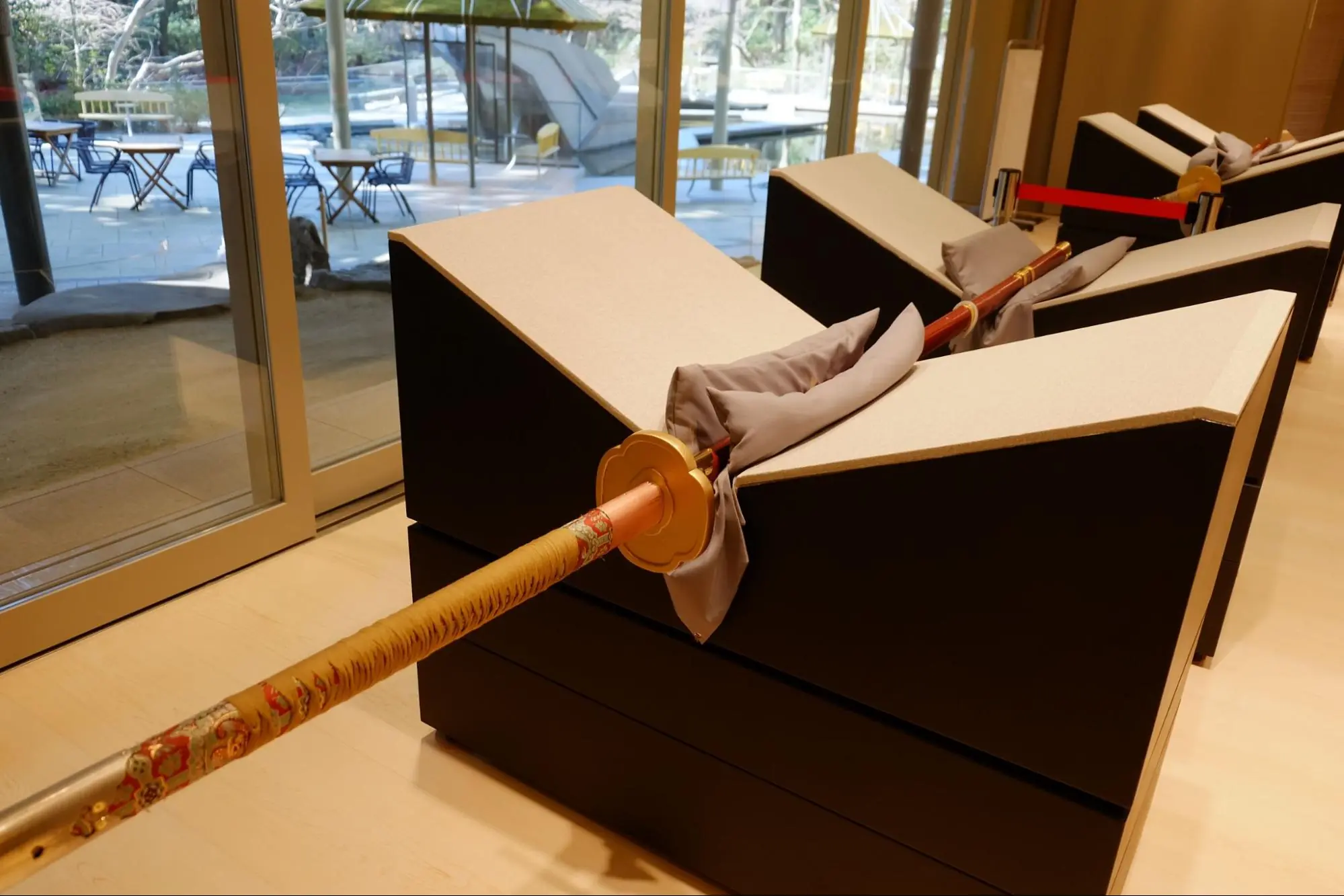
This is a replica of the Taro Tachi and Jiro Tachi we mentioned earlier. These swords weigh 8 kg and 10 kg respectively! We cannot lift it by ourself. It's amazing that one fought with this!
One of the main attractions of the Kusanagikan is the opportunity to directly touch a real sword. If you learn about the history of Atsuta Shrine beforehand, you will be able to learn not only about the weapons, but also about the spirituality behind the swords of the ancestors, making the experience even more enjoyable.
[A treasure trove of swords - Kusanagi-kan]
Opening hours: 9:00 to 16:30 (last entry at 16:00)
Closed: In principle, two days before the last Thursday (Tuesday), December 25th to 31st
Admission fee: General 500 yen, Elementary and junior high school students 200 yen (common admission ticket with the treasure museum is also available)
Relaxing place "Kusanagi Square"
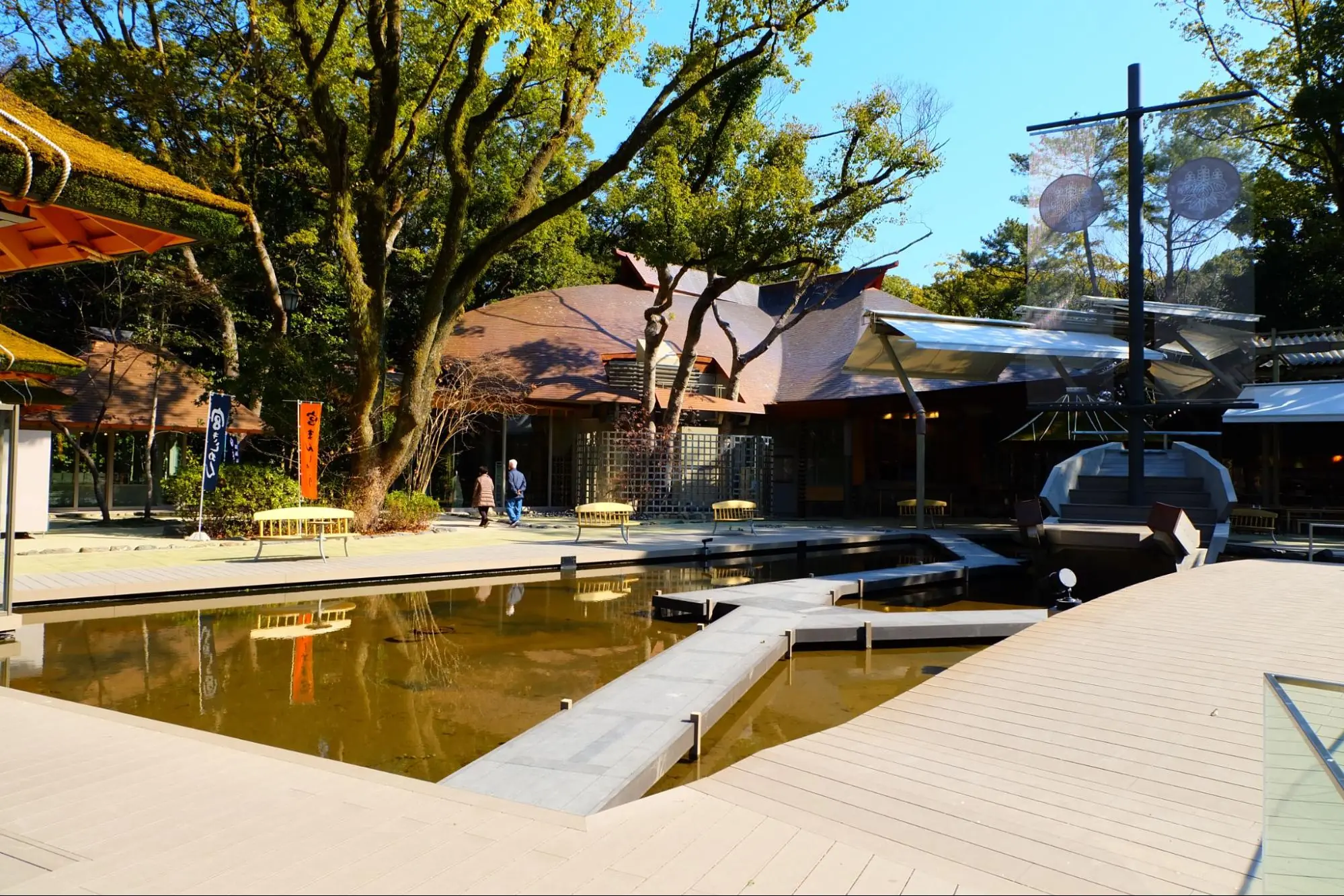
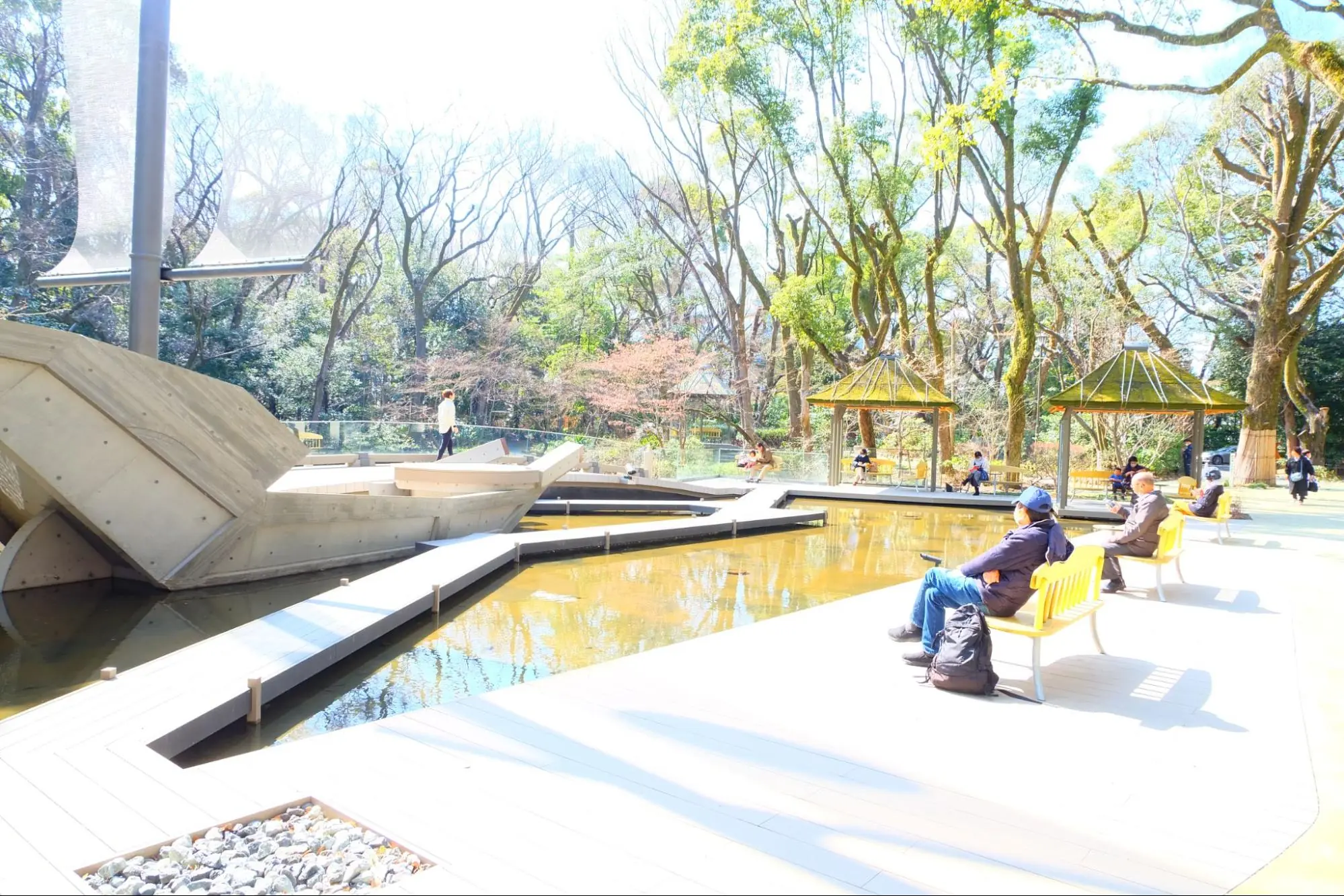
Kusanagi Plaza, renovated in July 2021, is located near Kusanagikan. It surrounds the Minami Shinike pond and has benches where visitors can take a stroll and rest.
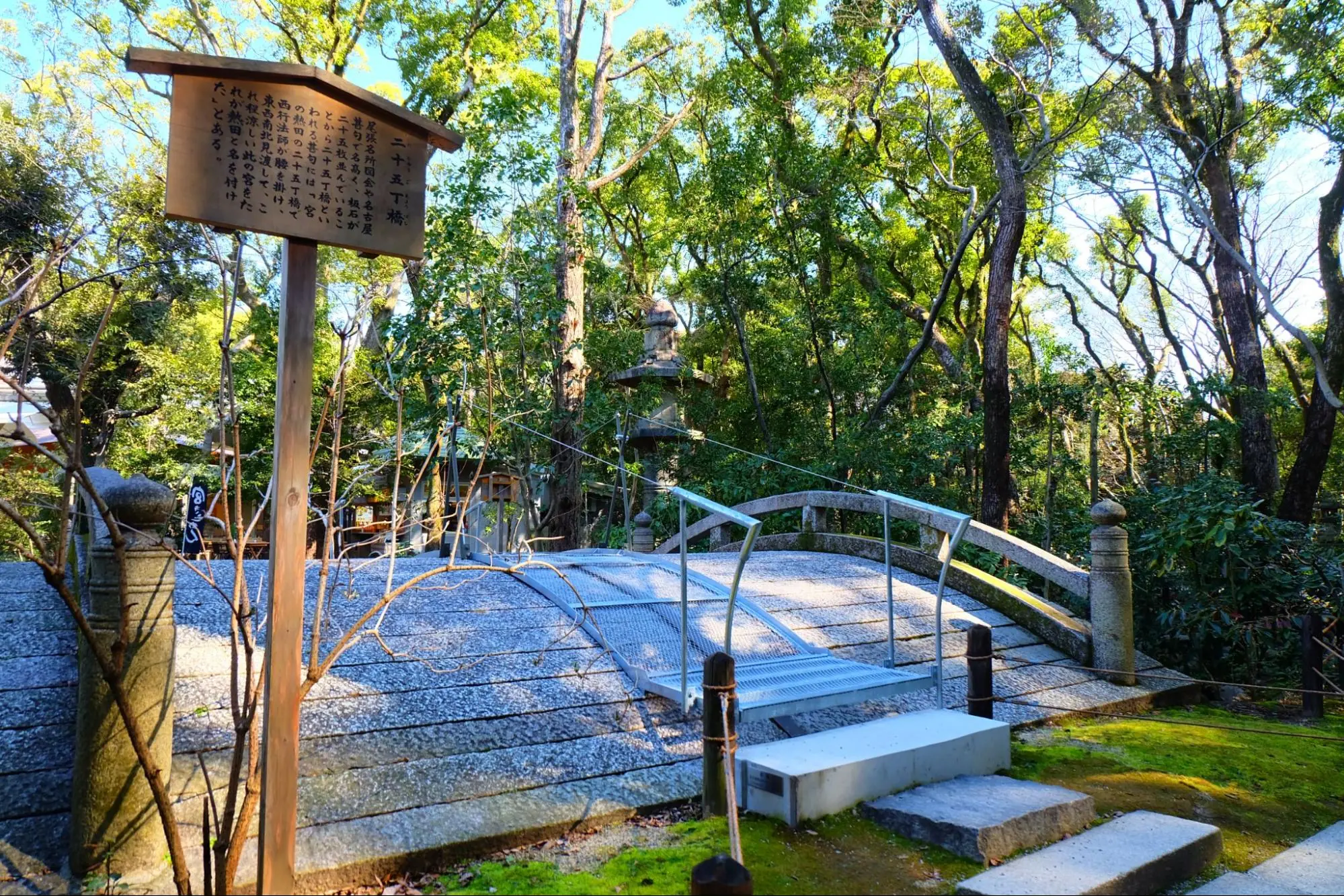
In one corner of the plaza, there is also the Nijugocho Bridge. Nagoya's oldest stone bridge made of 25 stone slabs. With this renewal, you can now cross over.
One of Japan's three major lanterns "Sakuma Toro (lantern)"

This is the Sakuma Toro, one of Japan's three major lanterns, along with Nanzenji in Kyoto and Ueno Toshogu in Tokyo.
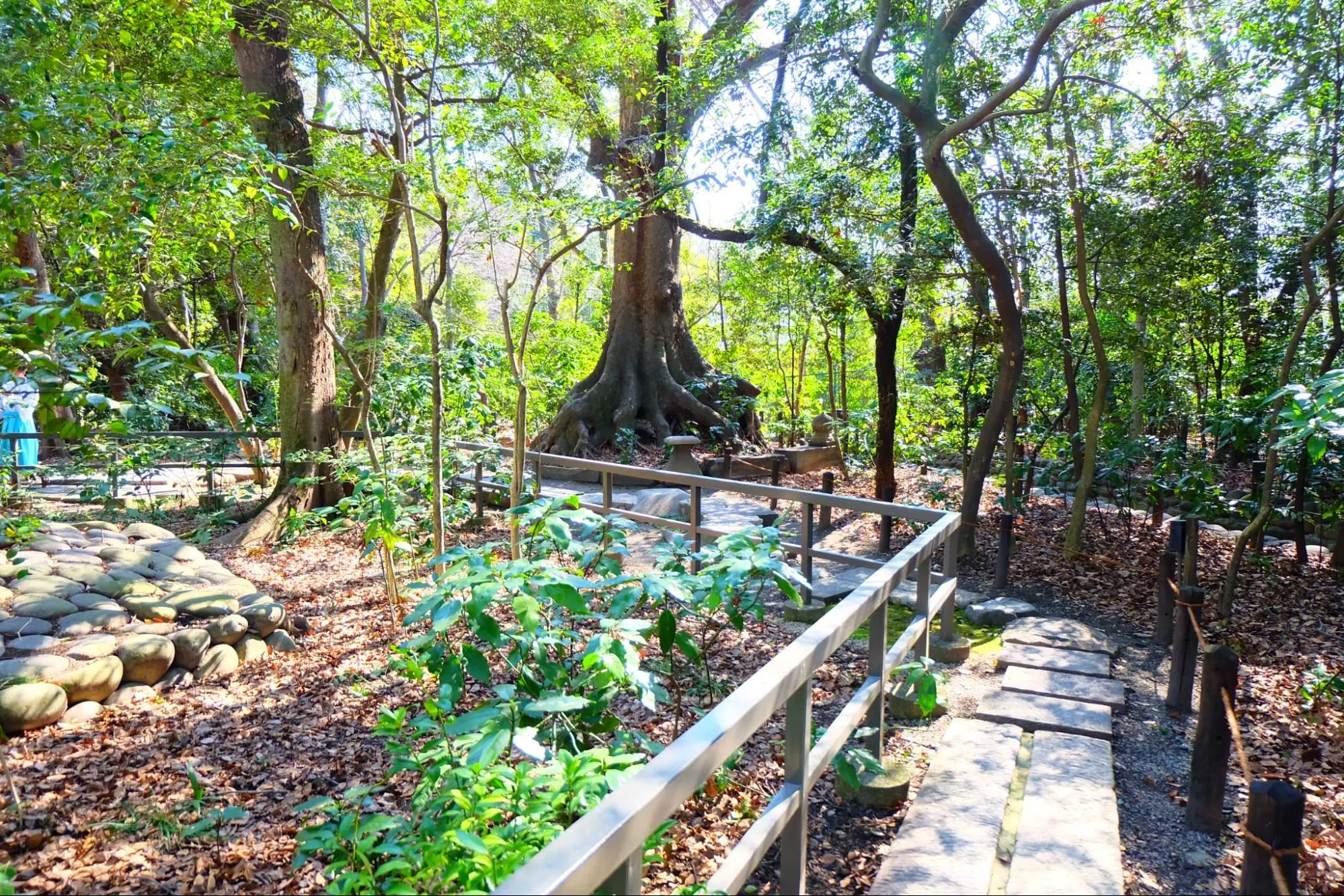
A new corridor has been built around the Sakuma Toro, making it possible to enjoy a stroll. You can also see the zelkova tree, which is said to be the largest in Nagoya, up close!
"Miya Kishimen" where you can enjoy meals and sweets on an open terrace
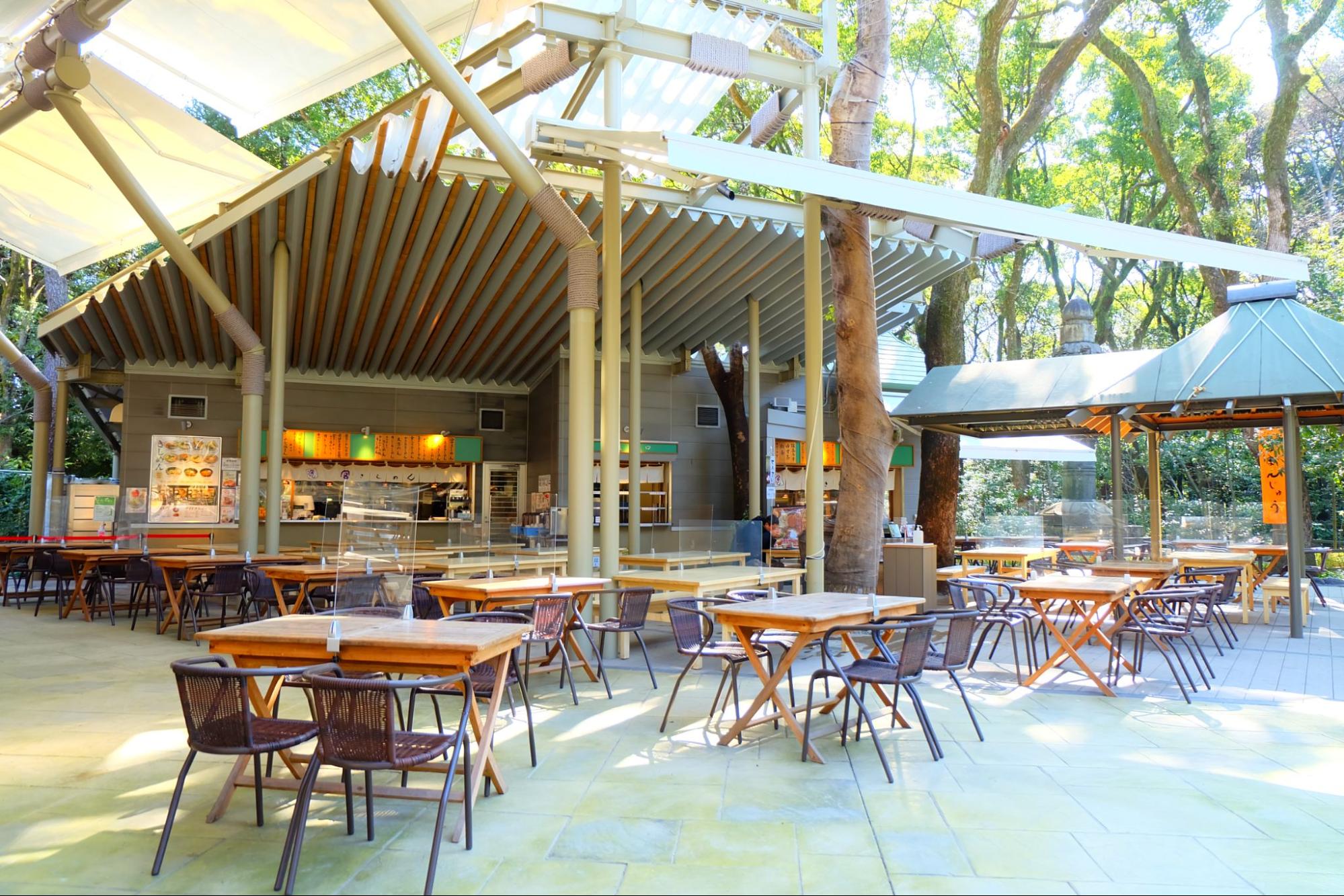
Miyakishimen is another restaurant that has been renewed in Kusanagi Square. The open terrace has a roof, so you can enjoy it regardless of the weather!
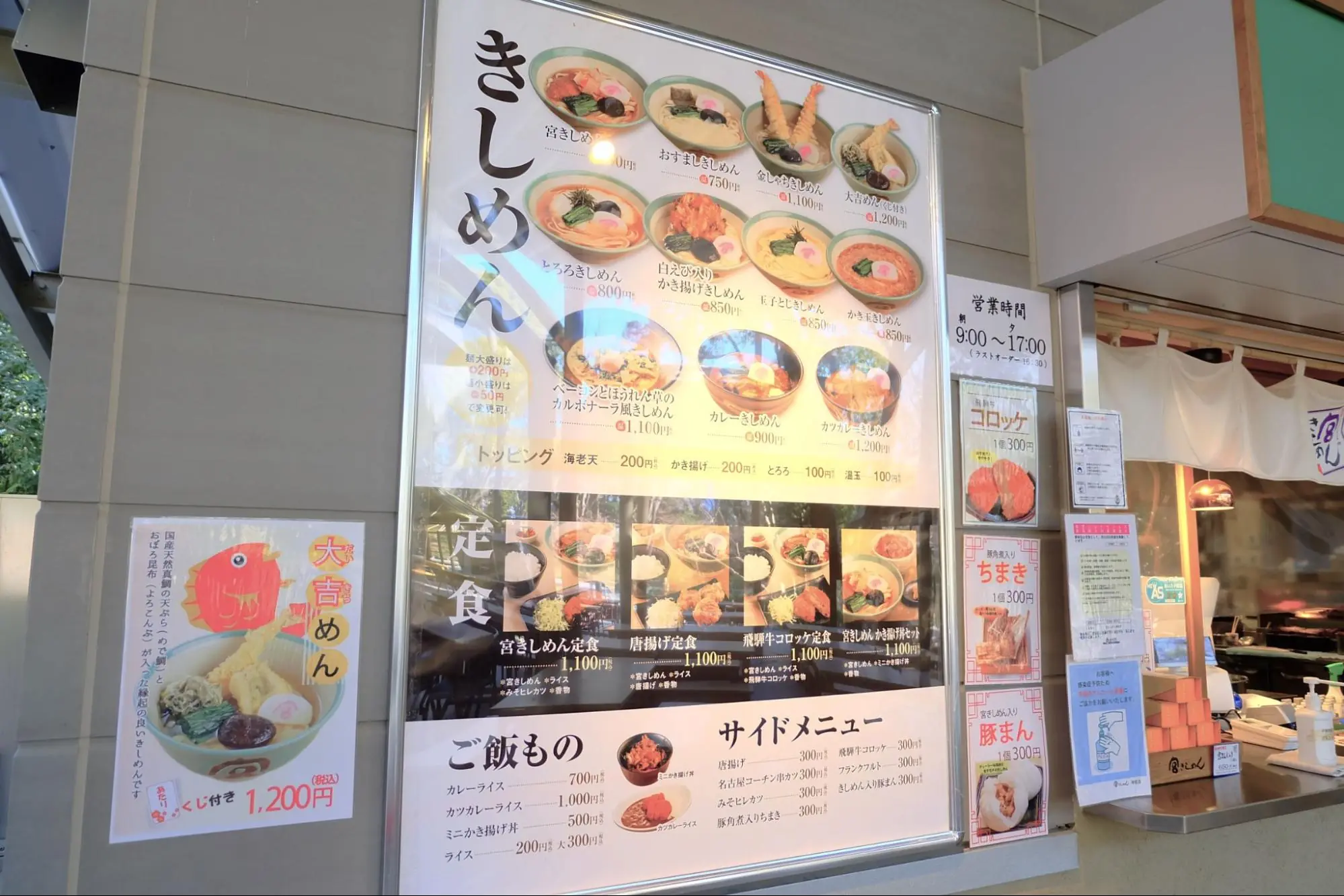
Starting with Nagoya's famous kishimen noodles, set meals such as miso cutlet are also added, and the menu is enriched.
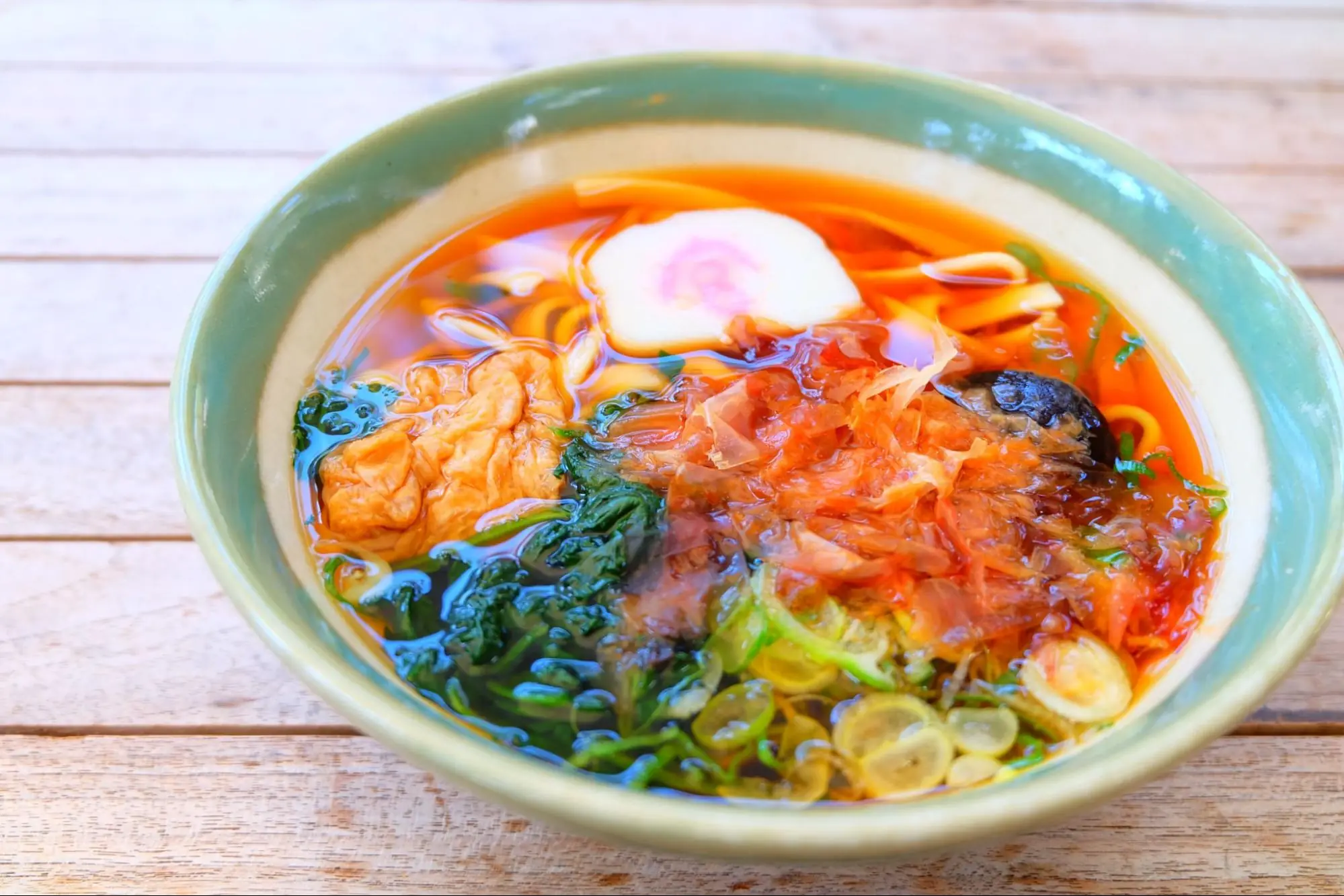
Miyakishimen 700 yen
Miyakishimen is characterized by two types of soup. The photo is the classic "Aka Tsuyu". The chewy and slippery noodles, the slightly sweet soy sauce base, and the scent of the large shaved bonito flakes will make you feel at ease.
Another soup, Shiro tsuyu, is based on white soy sauce and is used for kishimen noodles with white shrimp.
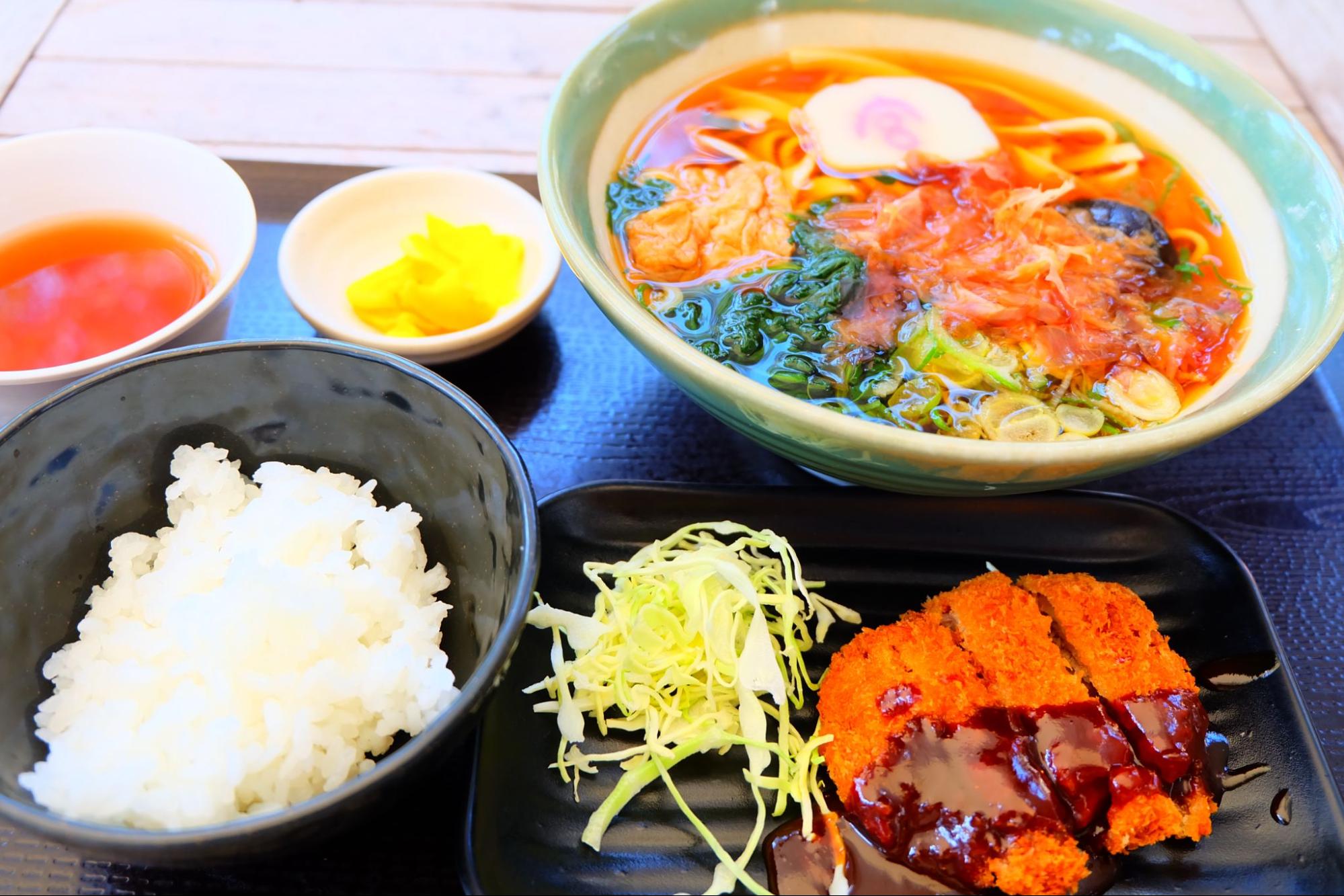
Miyakishimen set meal 1,100 yen
A set meal that includes miso fillet cutlet, a specialty of Nagoya. In addition, set meals such as Hida beef croquettes and kakiage rice bowls are also available.
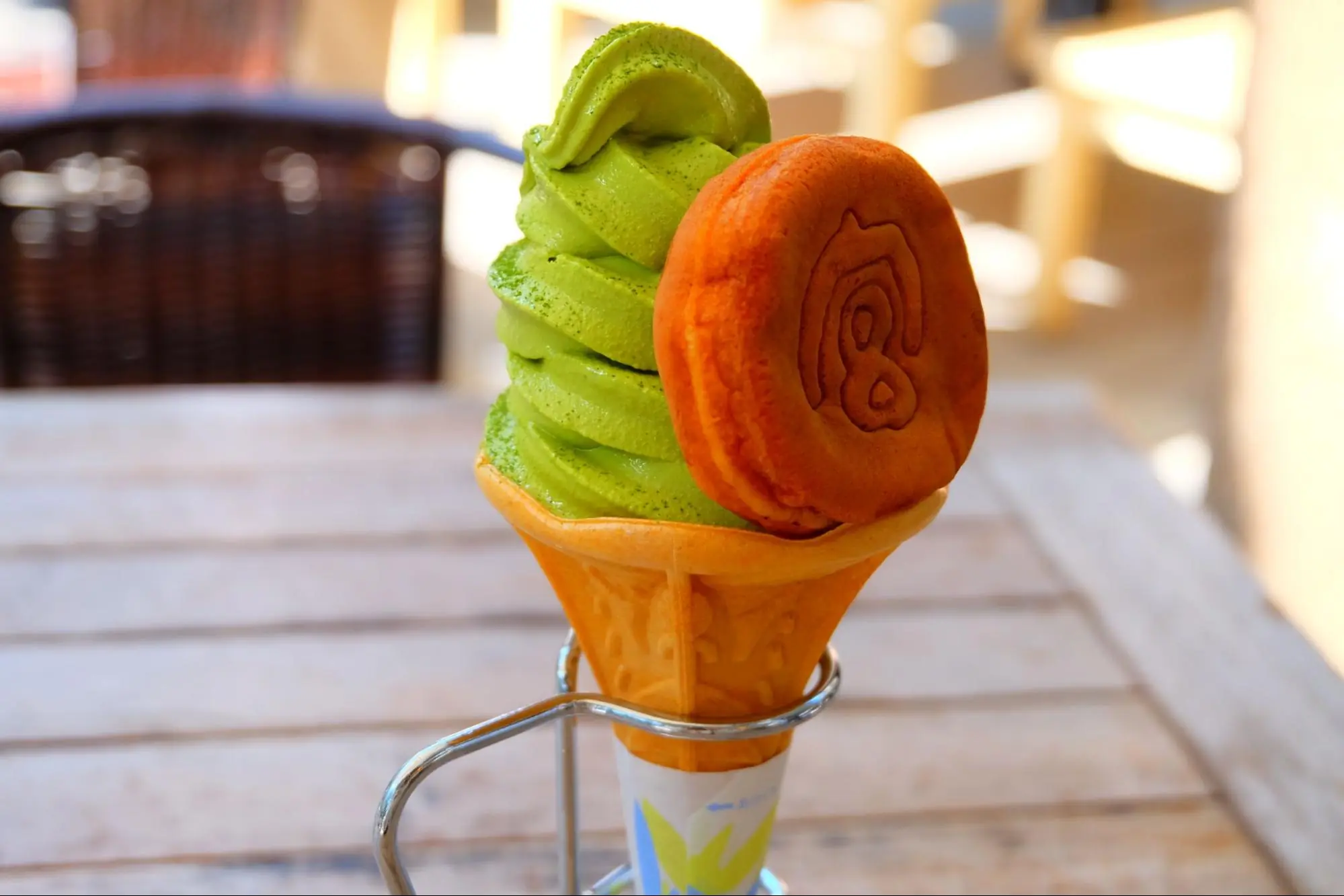
Miya soft serve ice cream (green tea) 500 yen
The sweets corner was newly installed this time. Zenzai, soft-serve ice cream, floats, etc. are also recommended when you want to take a break after a meal.
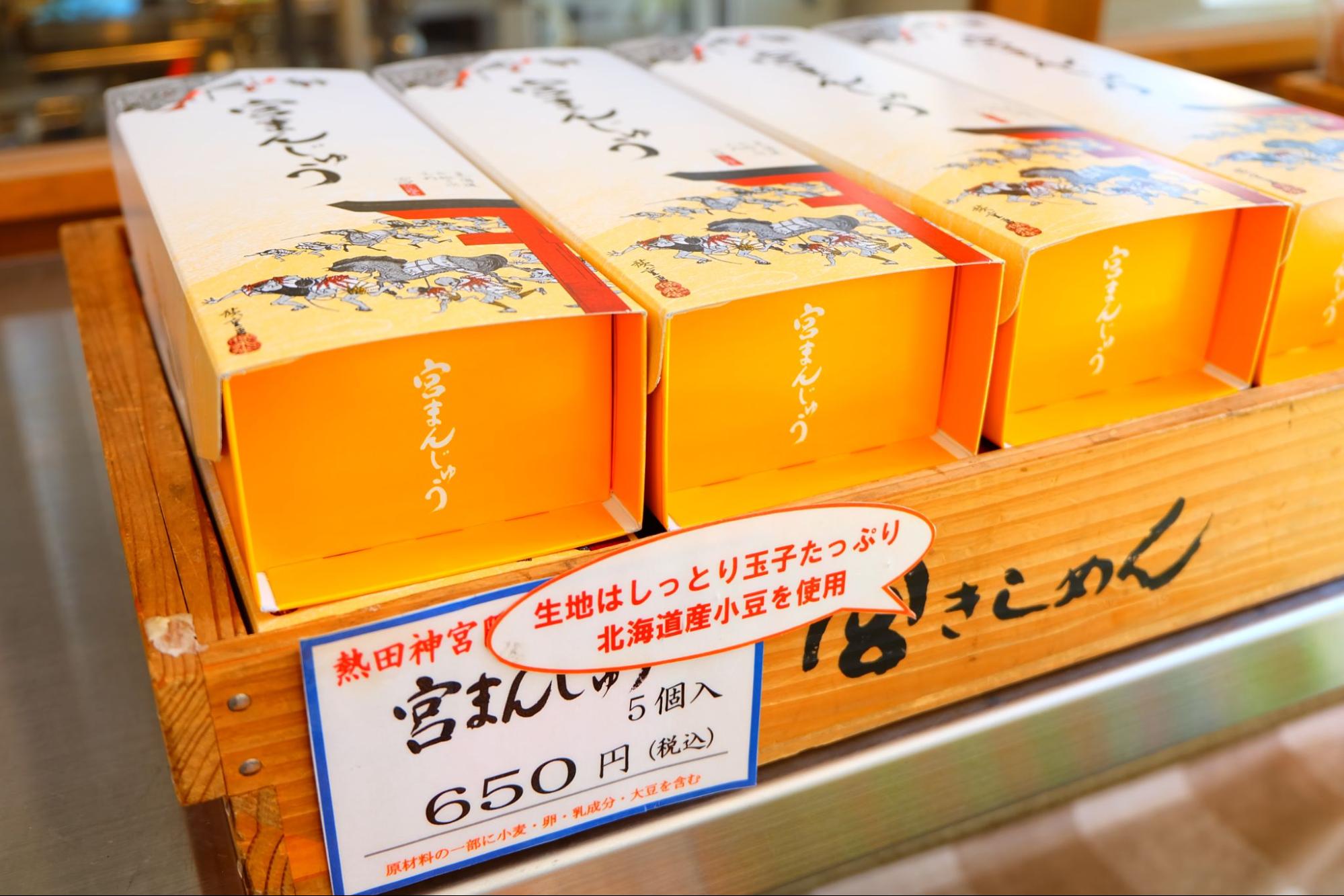
Miya Manju ¥650 / 5 pieces
And what I would like to check out is the Miya Manju, which is only available at Atsuta Shrine. It is made in the shop and can only be eaten here. You can also buy it as a souvenir.
[business hours] From 9:00 to 17:00 (last order 16:30)

Atsuta Shrine is located in the middle of the city, but once you set foot in it, you will find yourself in a healing space full of greenery. This time, we have only introduced a few of them, but it is a spot that we would like you to take a leisurely stroll while having lunch or tea.
By experiencing the various swords on display, we were able to discover not only their use as weapons, but also their wide range of applications, such as amulets and ritual implements, as well as the souls of the ancestors and the original spirituality of the Japanese people.
Please take the time to visit a place with over 1900 years of history.


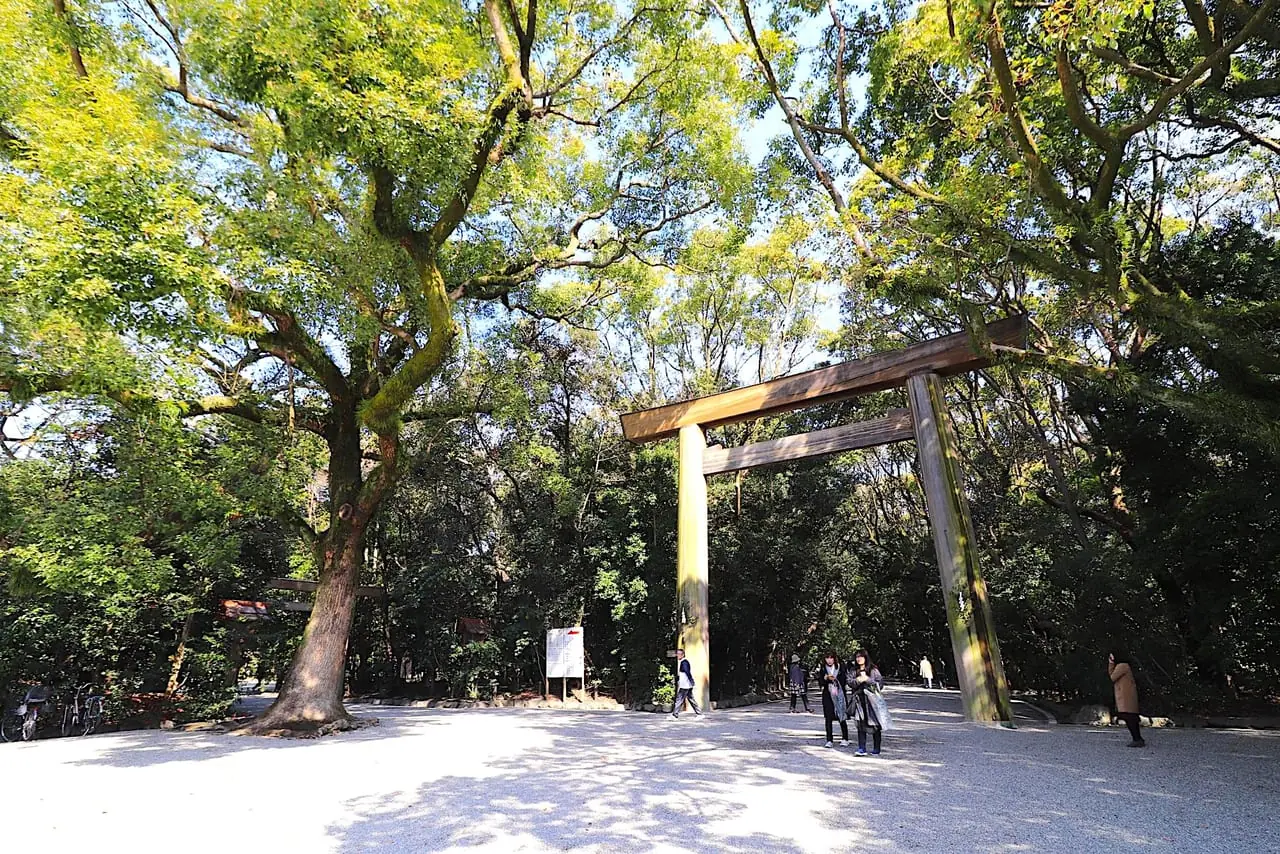
![[Tokai Area] Explore its History!](https://life-designs.jp/wp/wp-content/uploads/2019/12/LD_banner_w1920x1088_history-1-1024x580.jpg)
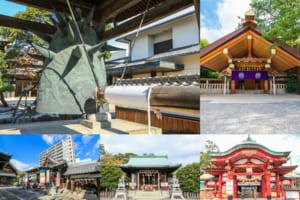


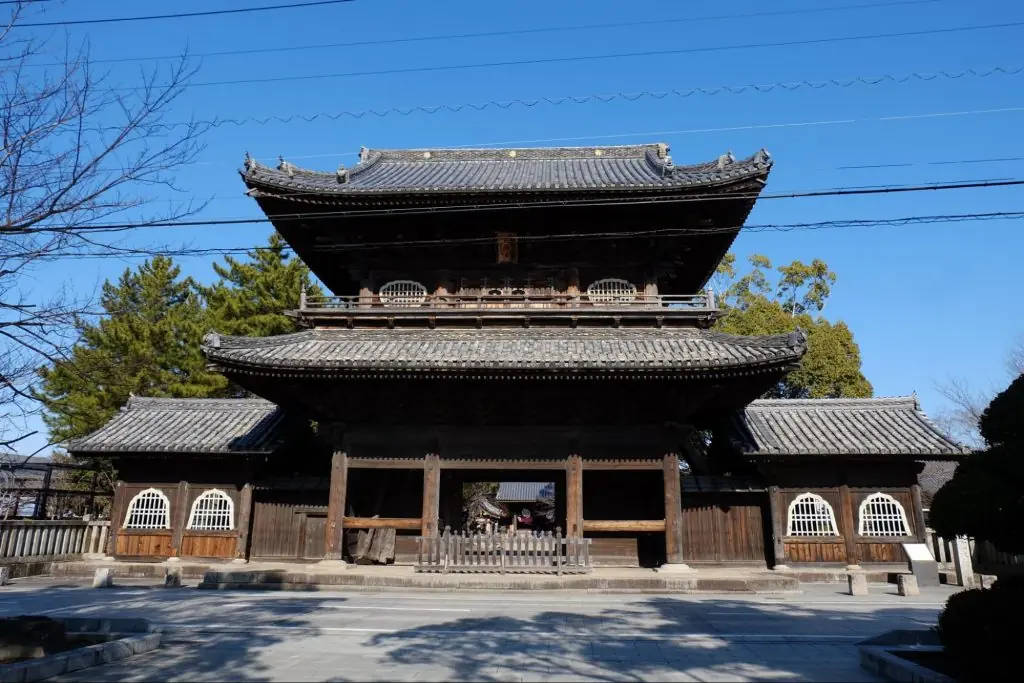
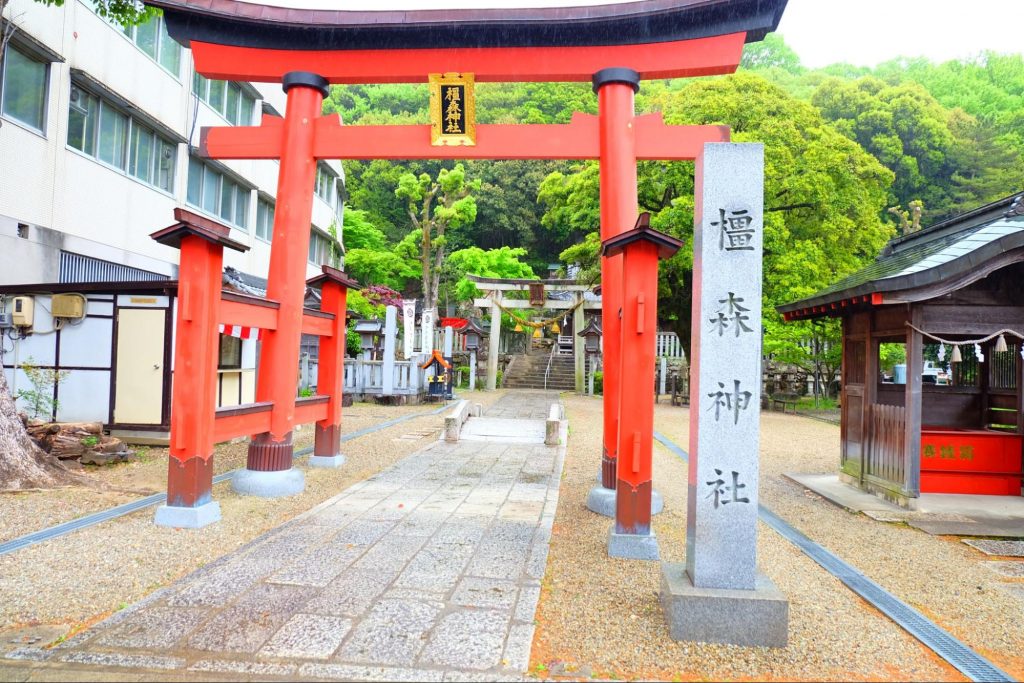
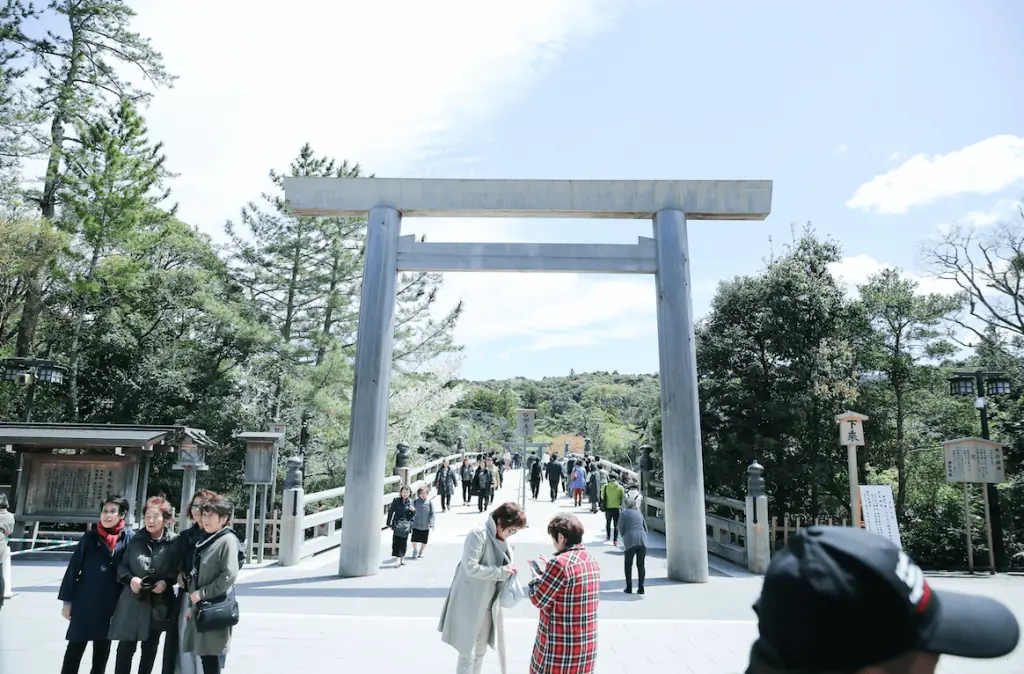

![[Minato Ward] Learn about Disaster Prevention Tips at Nagoya Municipal Minato Disaster Prevention Center](https://life-designs.jp/wp/wp-content/uploads/2024/07/image3-1-1024x684.png)
![[Nagoya] Top 20 Recommended Souvenirs from LEGOLAND® Japan](https://life-designs.jp/wp/wp-content/uploads/2024/06/b59dfeeb30b1a9e561de37bf9d9054d1-1024x683.jpg)
![[Nakagawa Ward] "KANIE Bakery" Where You can Enjoy Famous Hotel Bread](https://life-designs.jp/wp/wp-content/uploads/2024/07/image34-2-1024x576.png)

![[Indoor Facilities] Where to Go on Rainy Days in Tokai Area! For Family Outings!](https://life-designs.jp/wp/wp-content/uploads/2023/07/FotoJet-23.jpg)



![[2025 Latest Edition] 32 Summer Resorts Within 2.5 Hours by Car from Nagoya!](https://life-designs.jp/wp/wp-content/uploads/2020/08/d5e9a698a33b82fe60aa760e3d6d995f.jpg)

![[Tokai Area] Scenic Spots which You'll Never Forget](https://life-designs.jp/wp/wp-content/uploads/2019/12/LD_banner_w1920x1088_prospect-1-768x435.jpg)

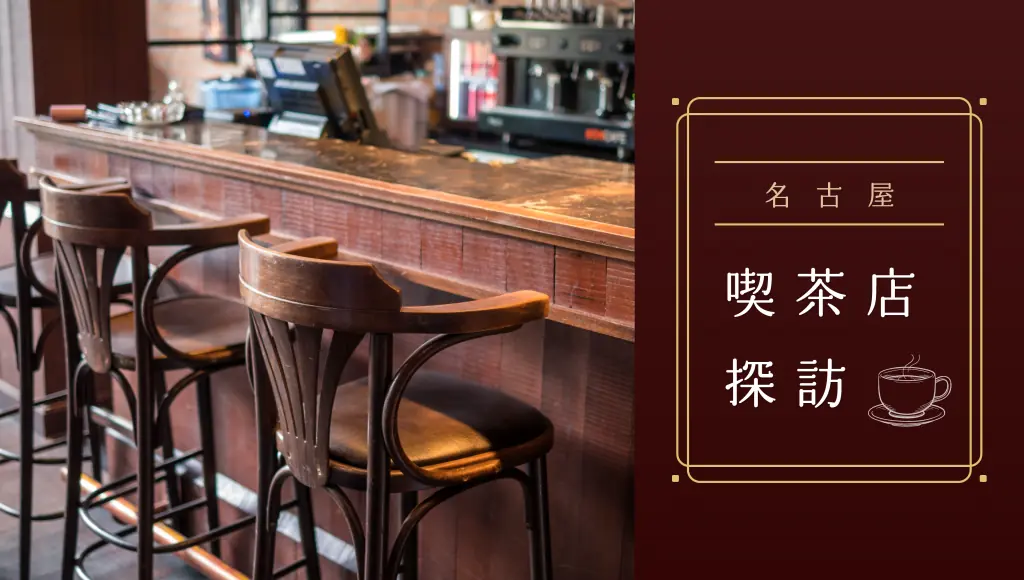
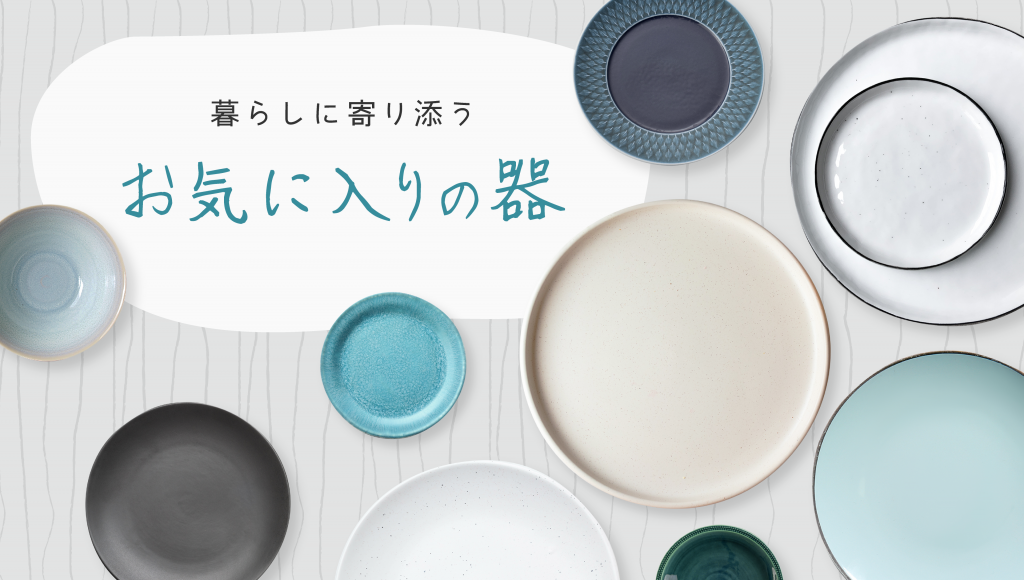
![[Sauna Specials] Feel Revitalized in Sauna!](https://life-designs.jp/wp/wp-content/uploads/2021/07/Sauna-1024x580.jpg)
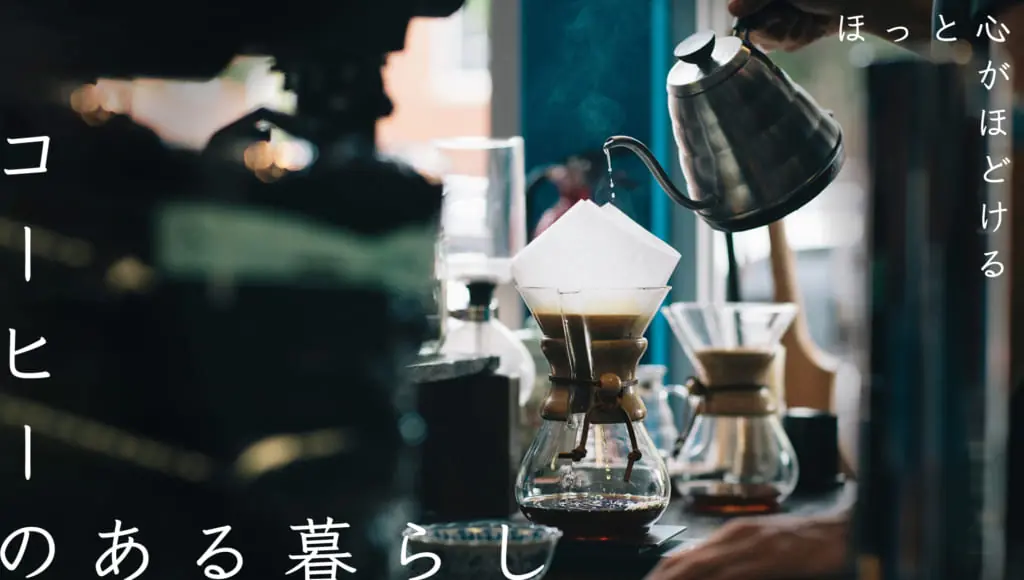

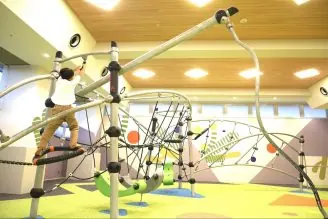
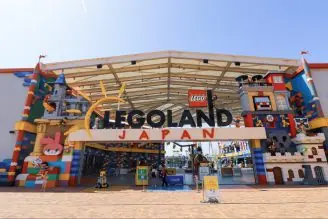
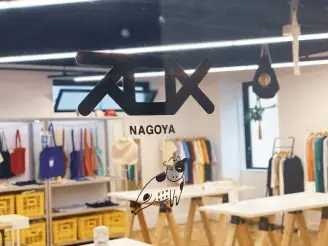
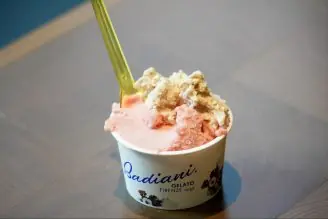
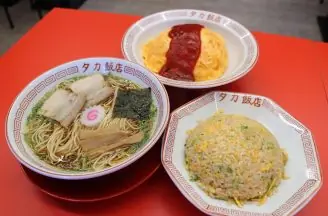
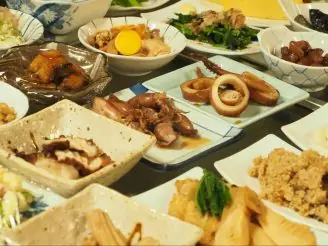

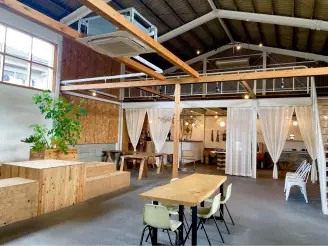
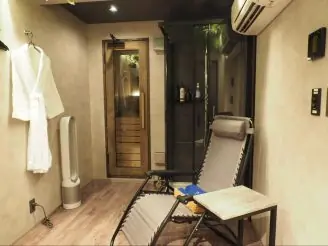


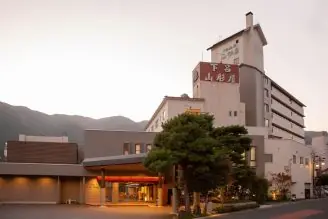

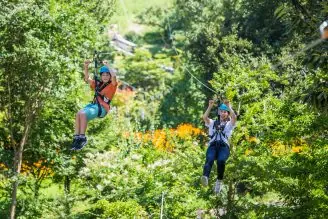
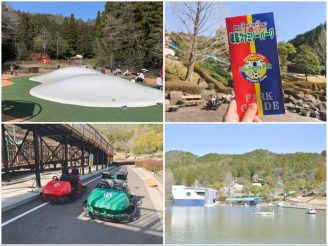
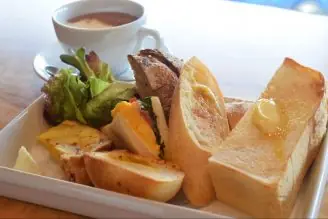


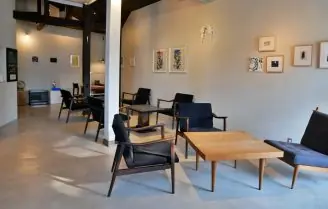

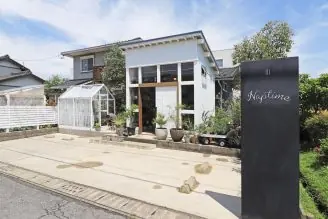

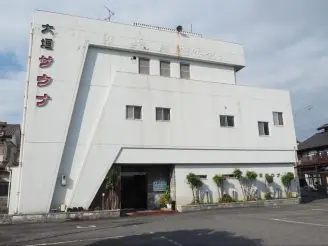
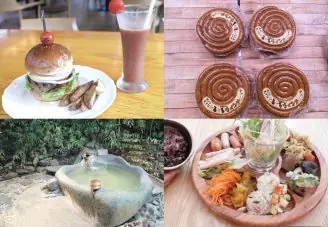
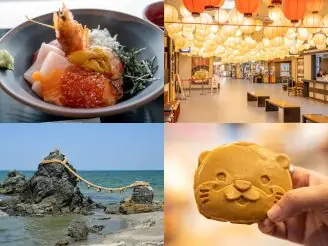
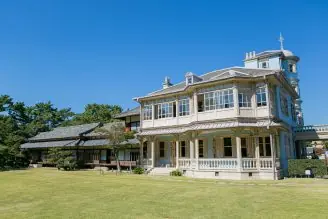
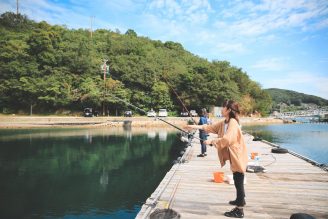


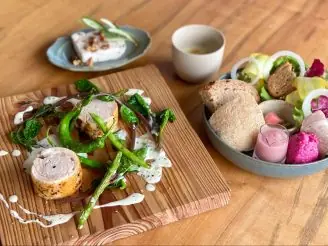


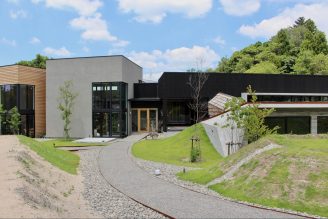
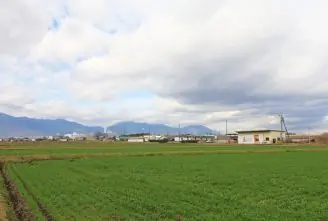
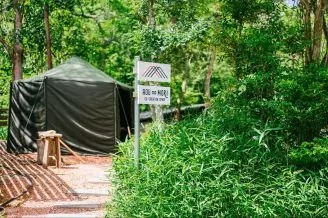




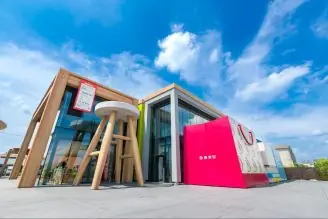



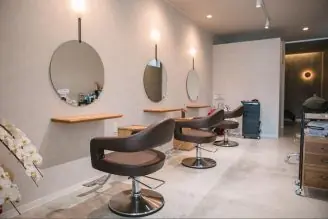

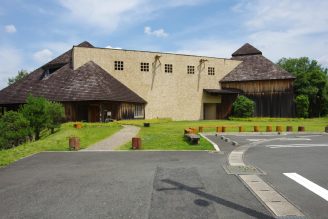

![Onigiri is hot right now! Summary of Osu's Onigiri Specialty Shops [5 selections].](https://life-designs.jp/wp/wp-content/uploads/2023/11/onigiri-1024x768.jpg)

![[20 Selections] Nagoya Souvenirs: Non-Sweet & Recommended Snacks Available at Nagoya Station](https://life-designs.jp/wp/wp-content/uploads/2025/07/image3-2-1024x683.jpg)
![[Within 2hrs by Car] 12 Outing Areas where You can Go on a Day Trip from Nagoya!](https://life-designs.jp/wp/wp-content/uploads/2023/07/odekake12_w1200h900_20240422-768x576.png)
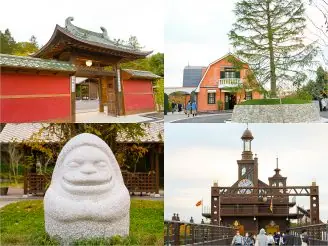
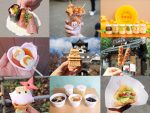
![[14 Selections] Recommended spots to spend the weekend in Kakuozan area of Nagoya](https://life-designs.jp/wp/wp-content/uploads/2022/07/Kakuozan-spot_w1920h1088_240605-328x186.png)
